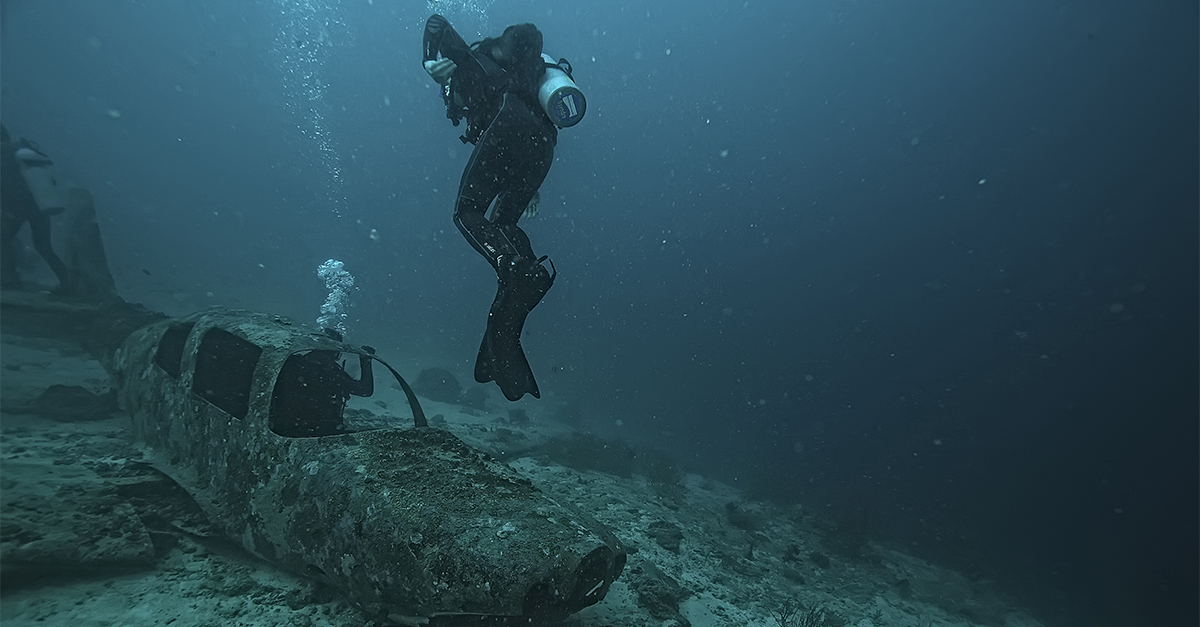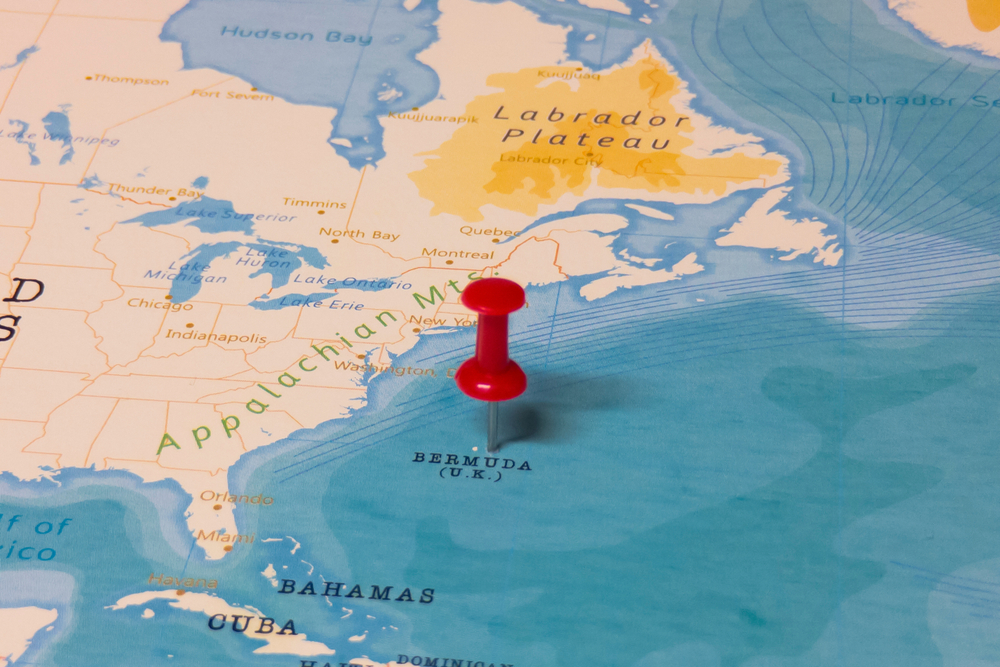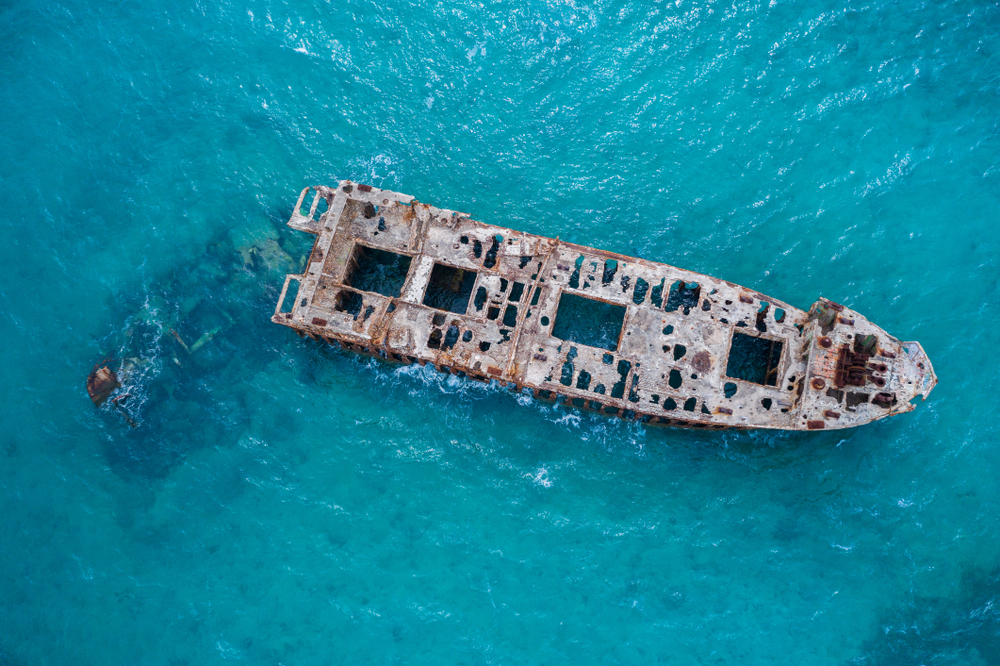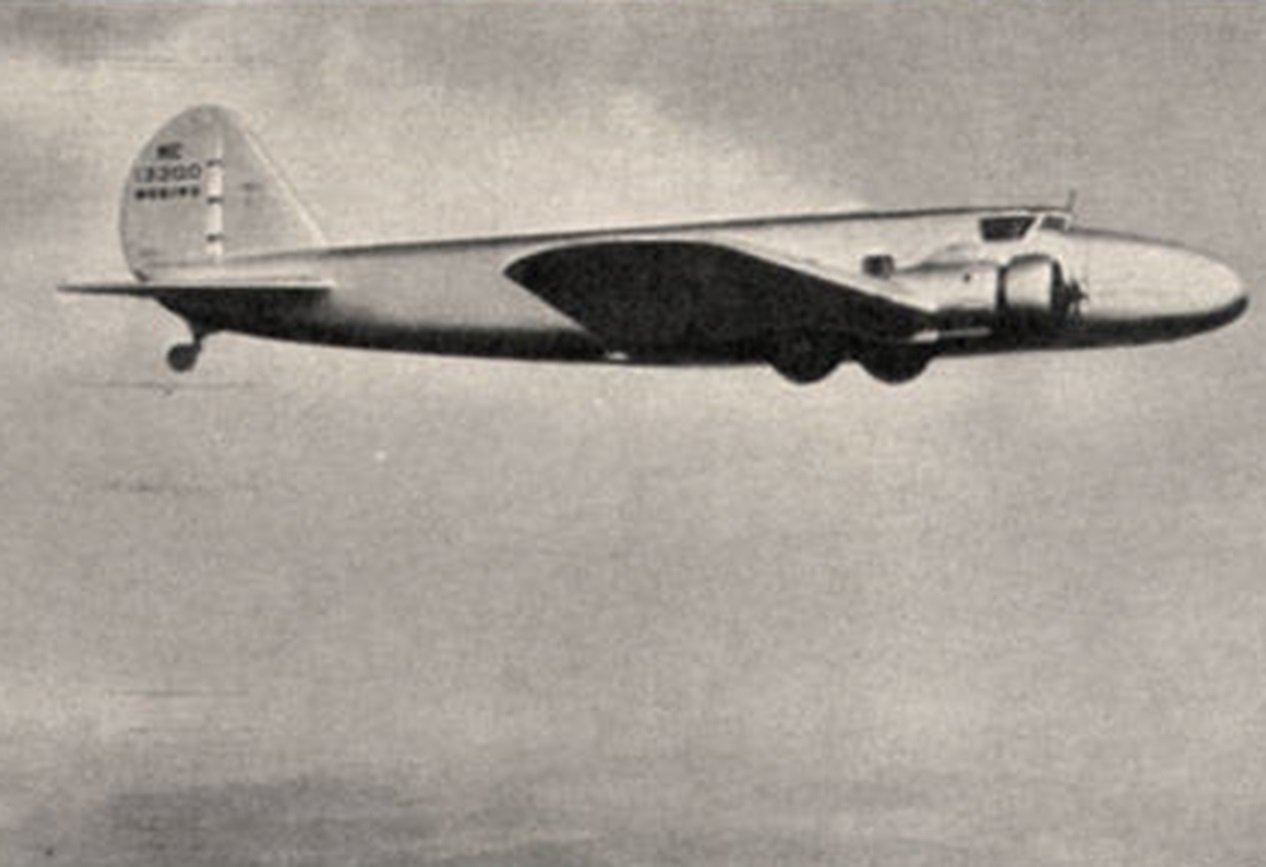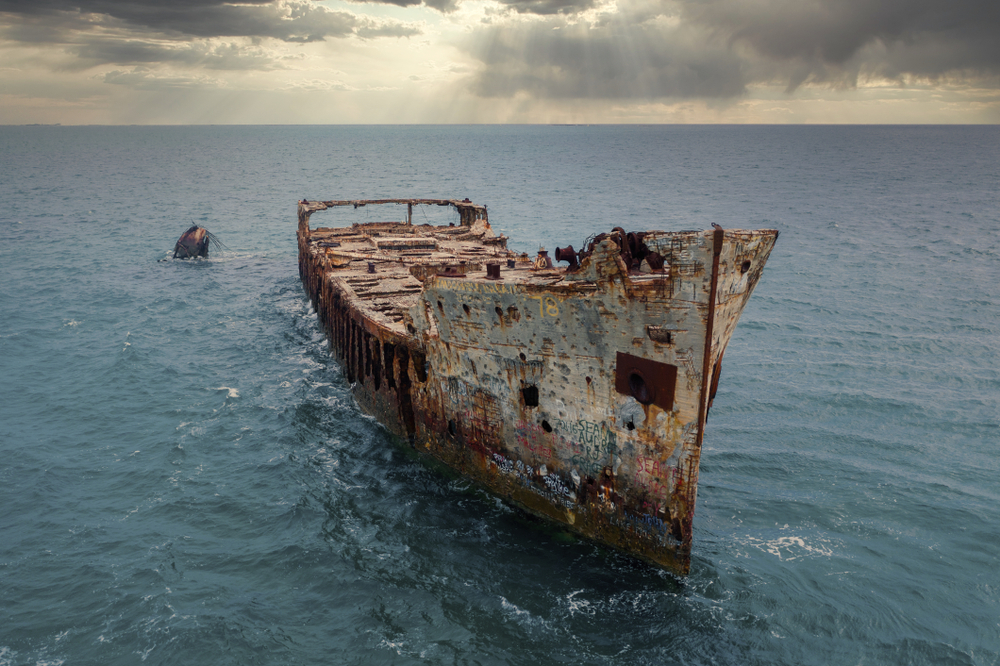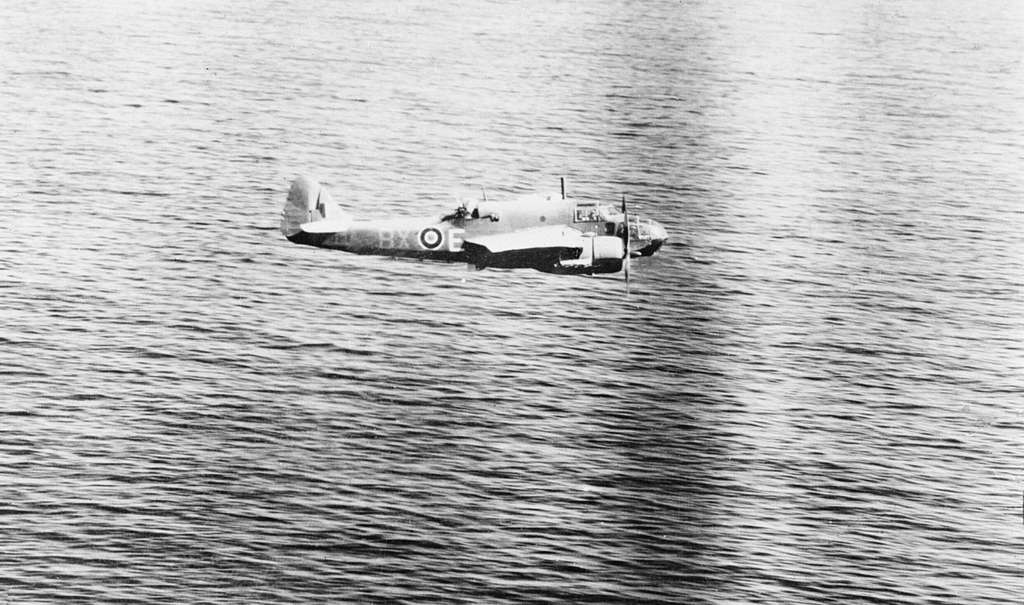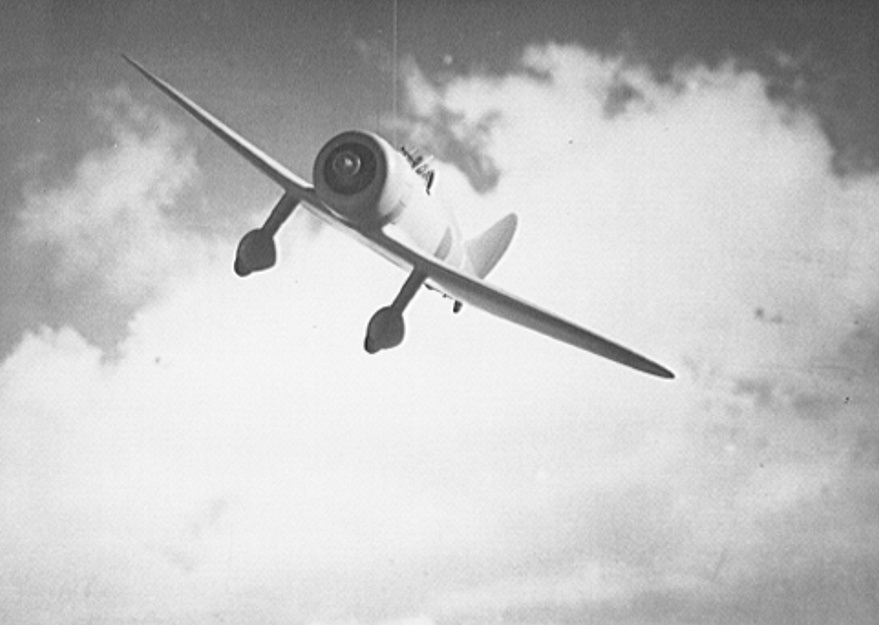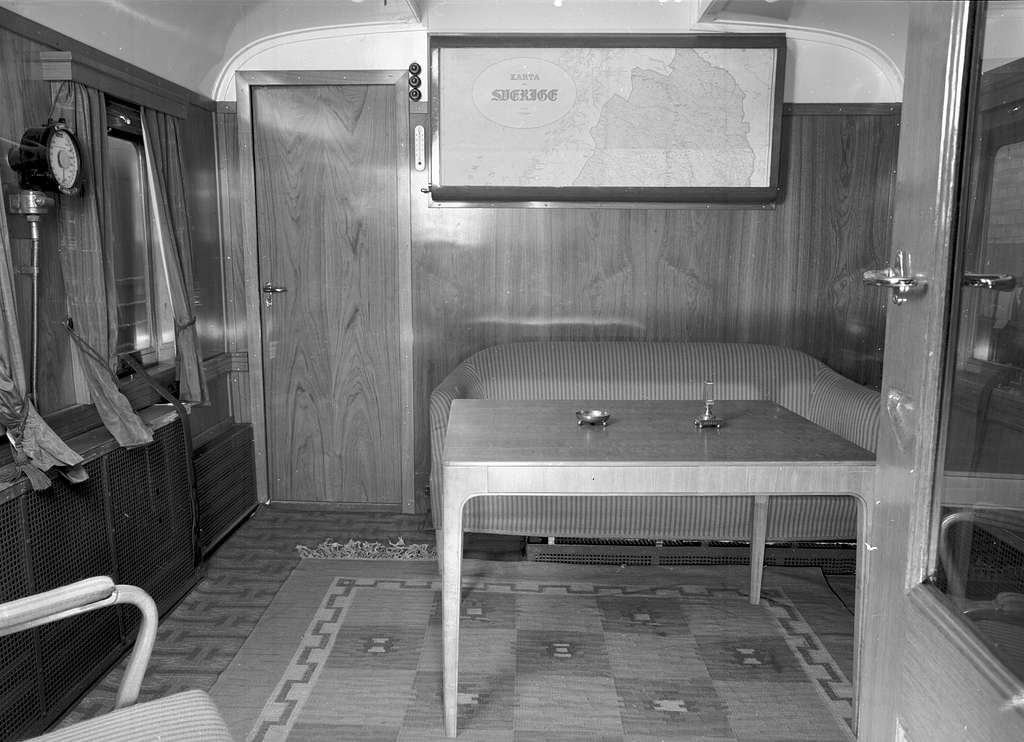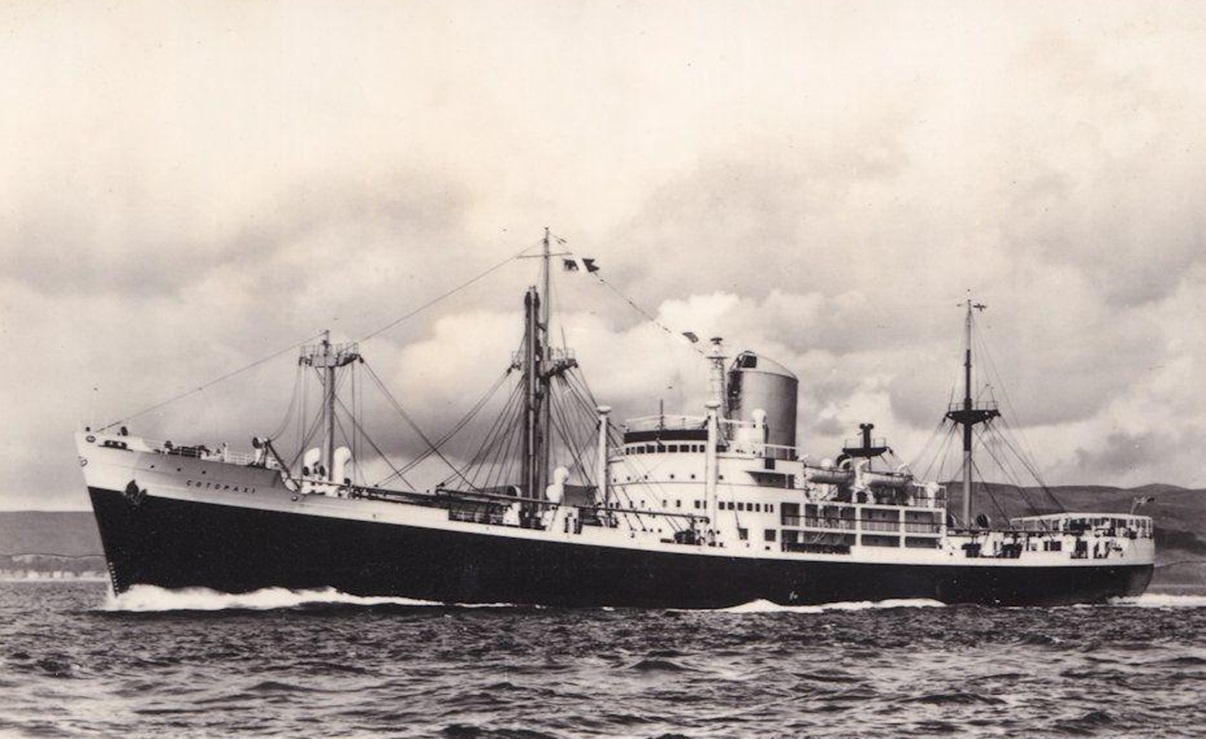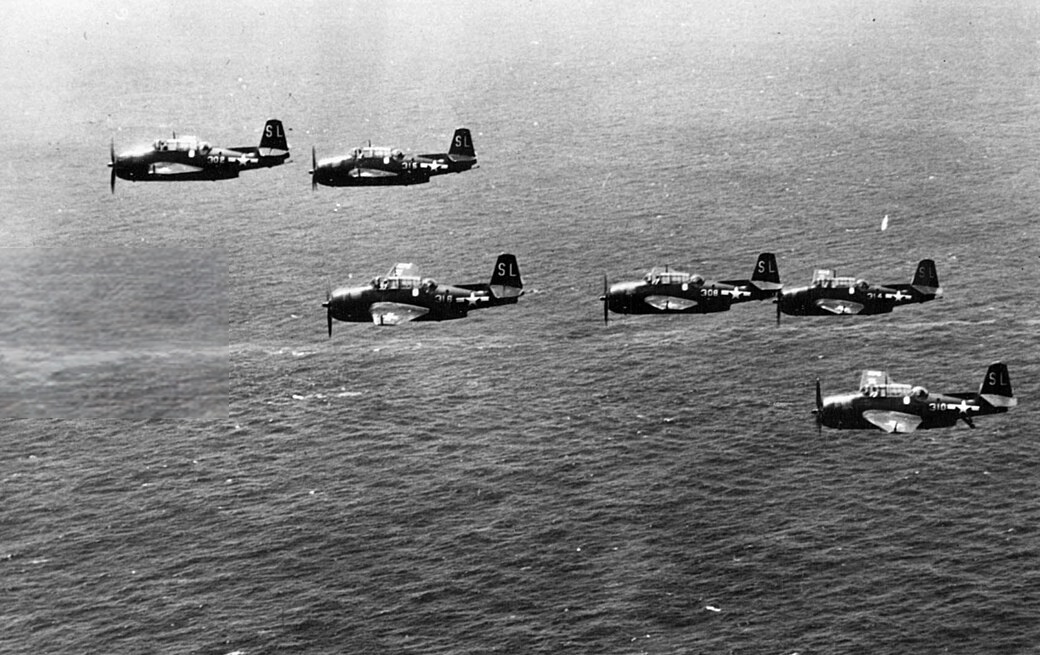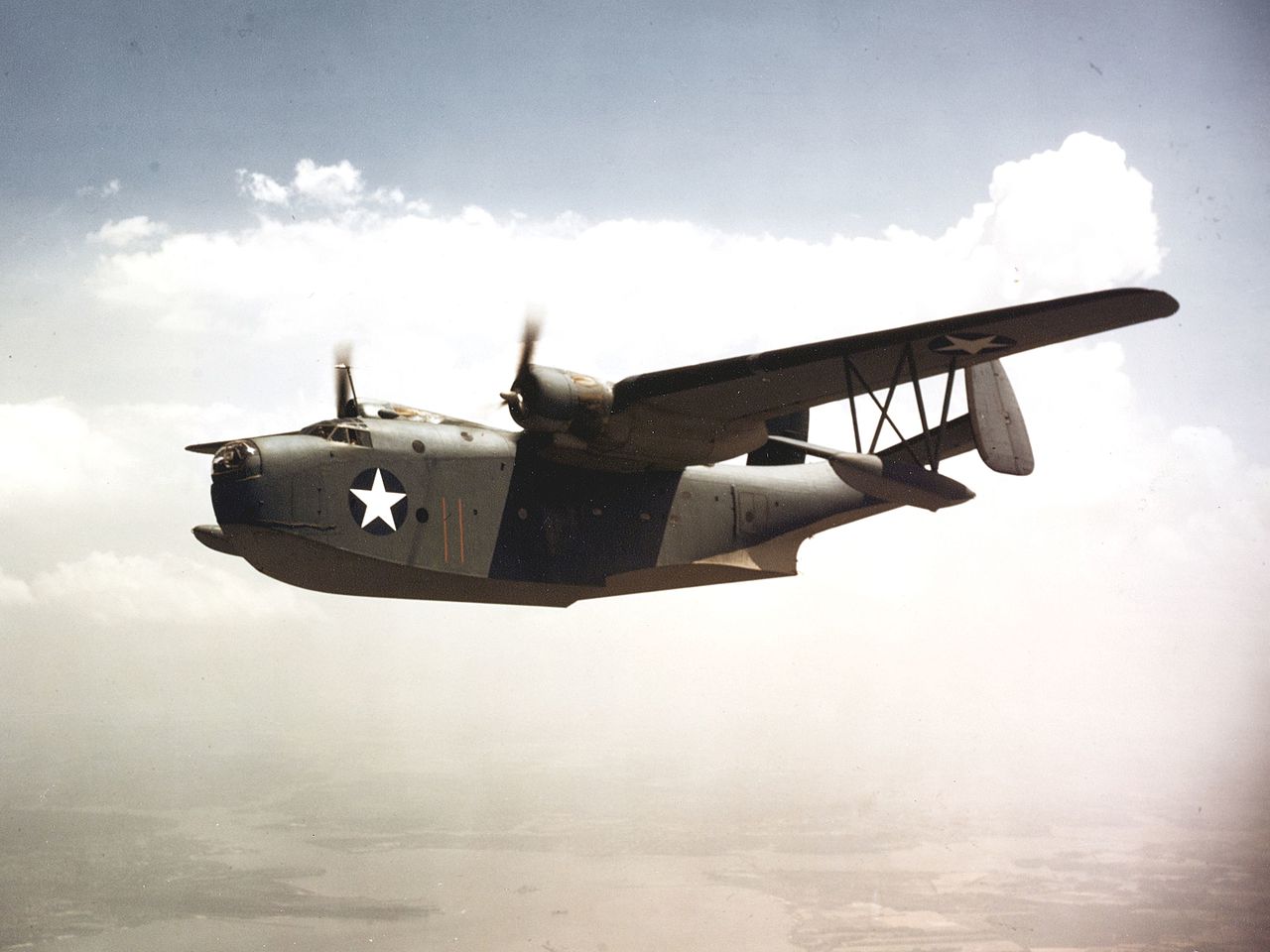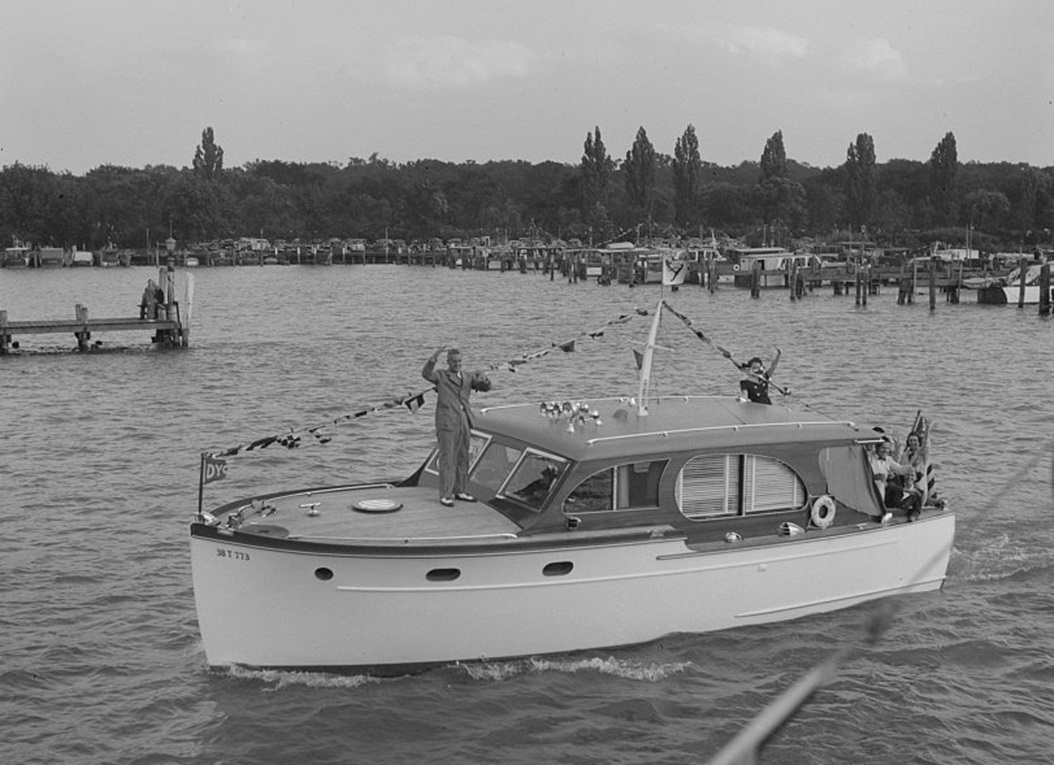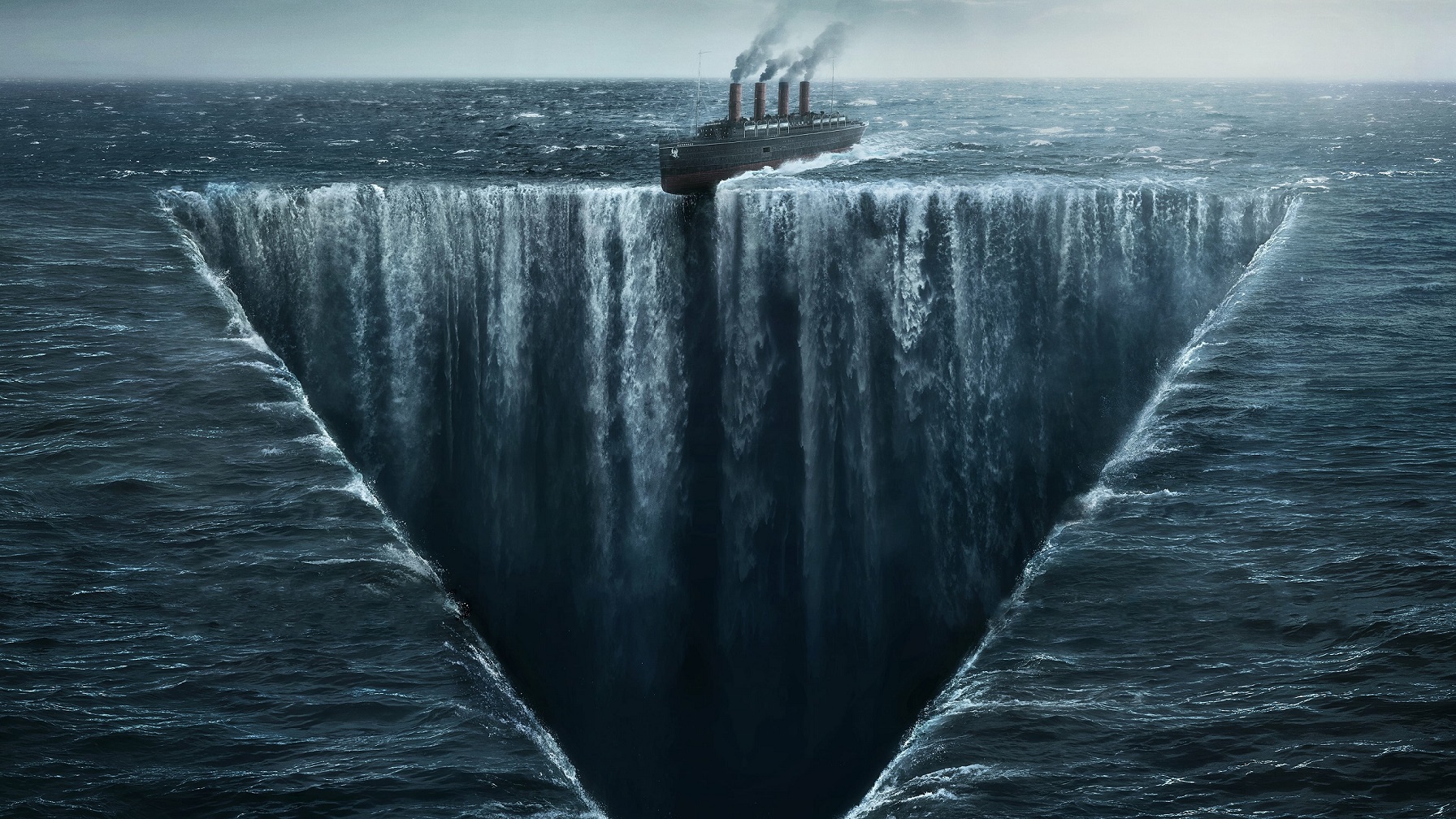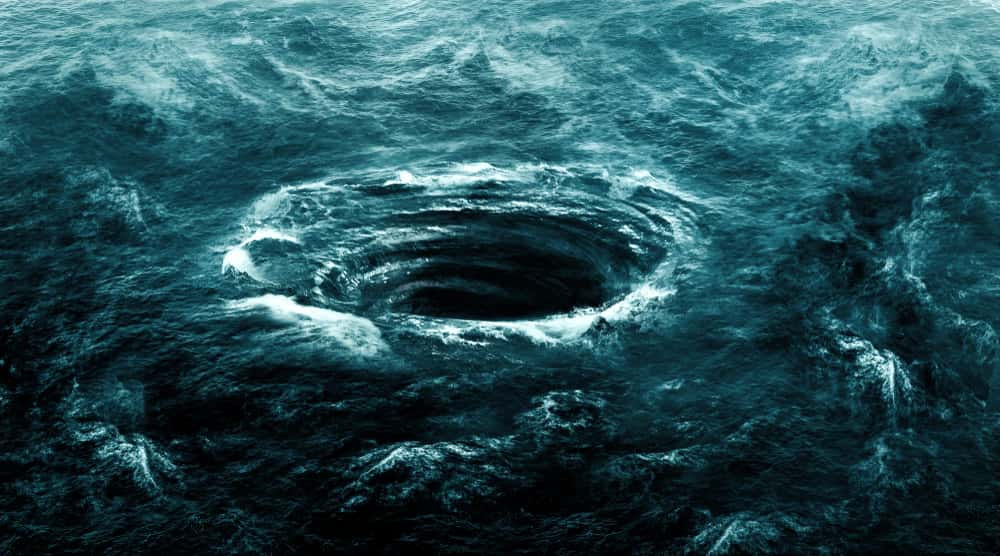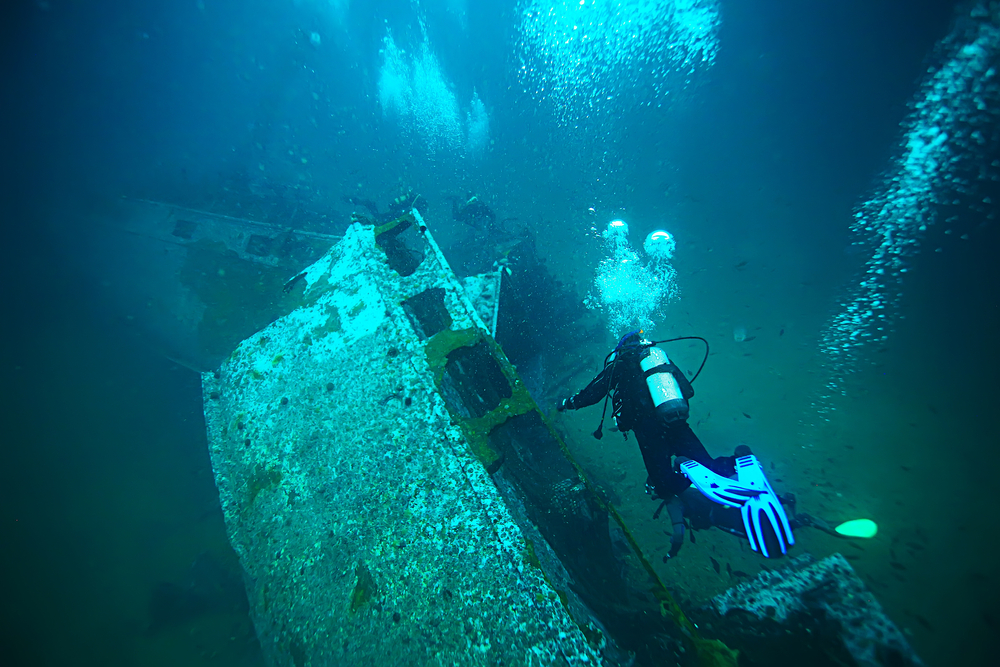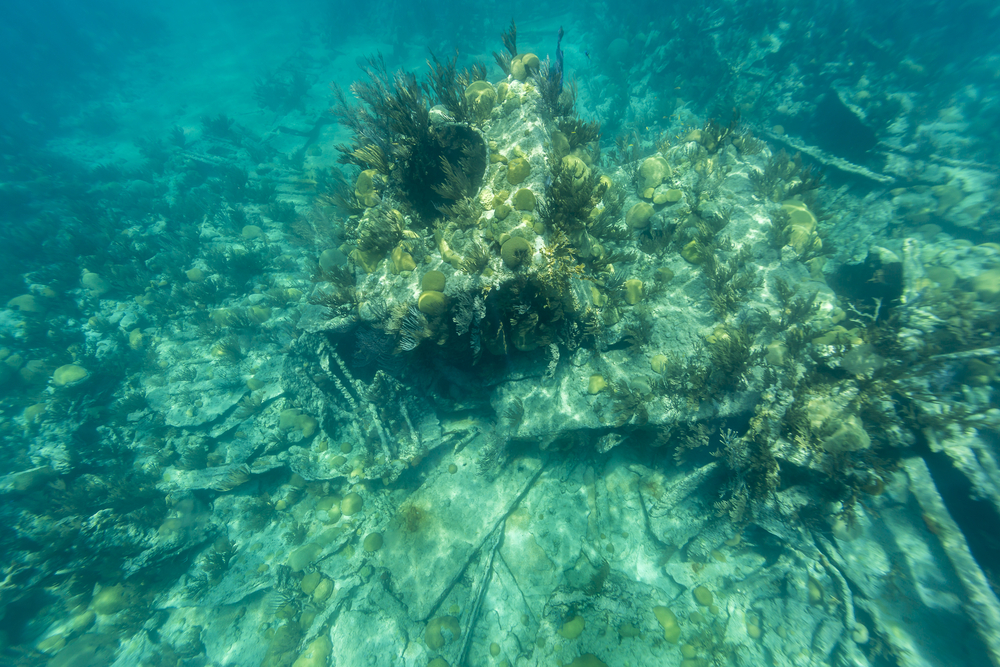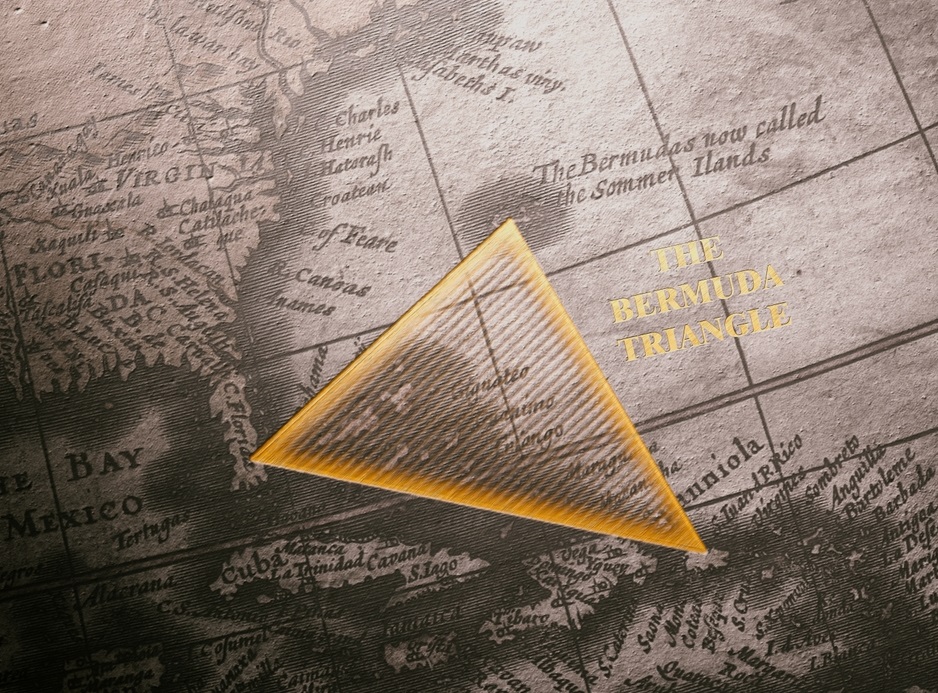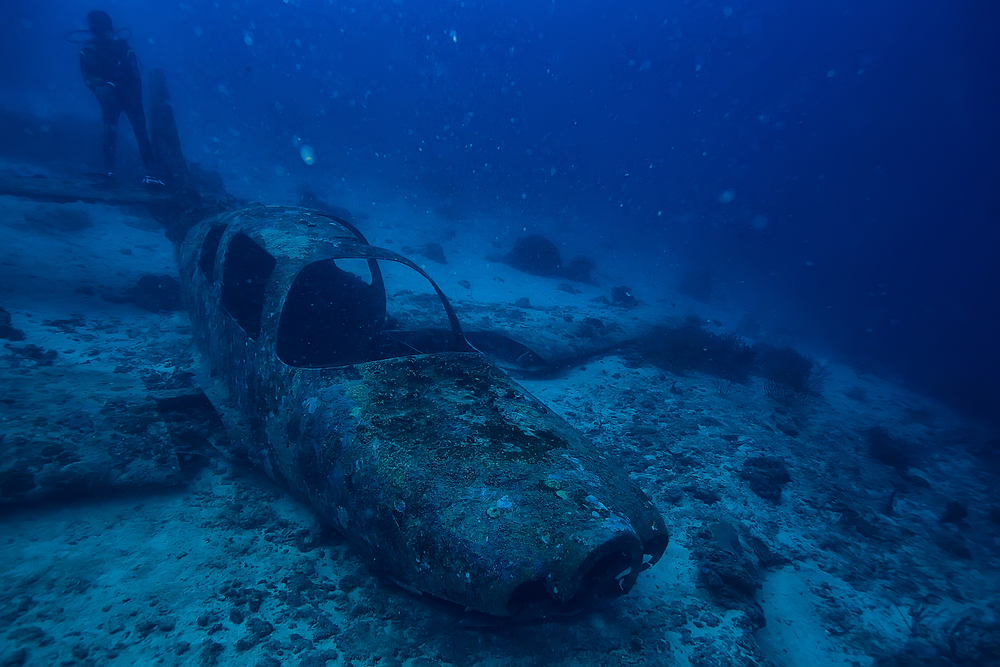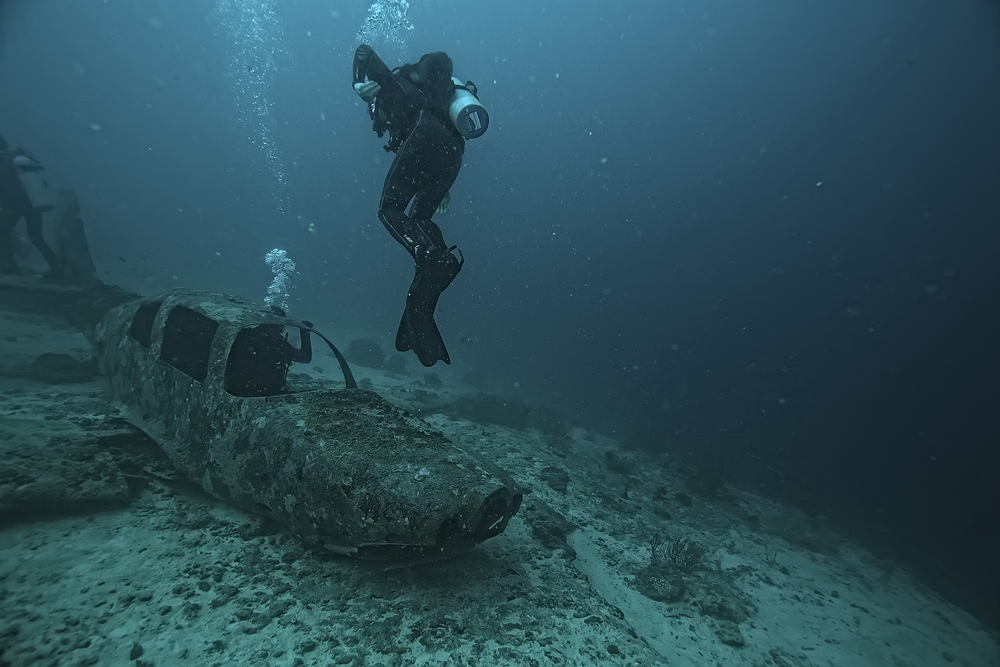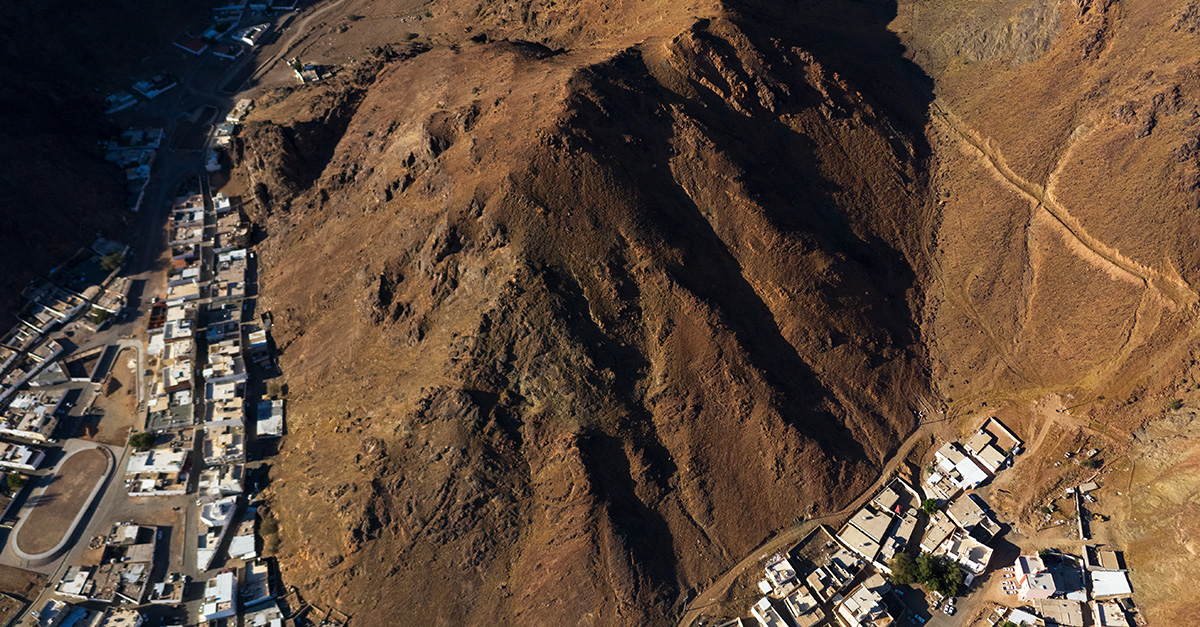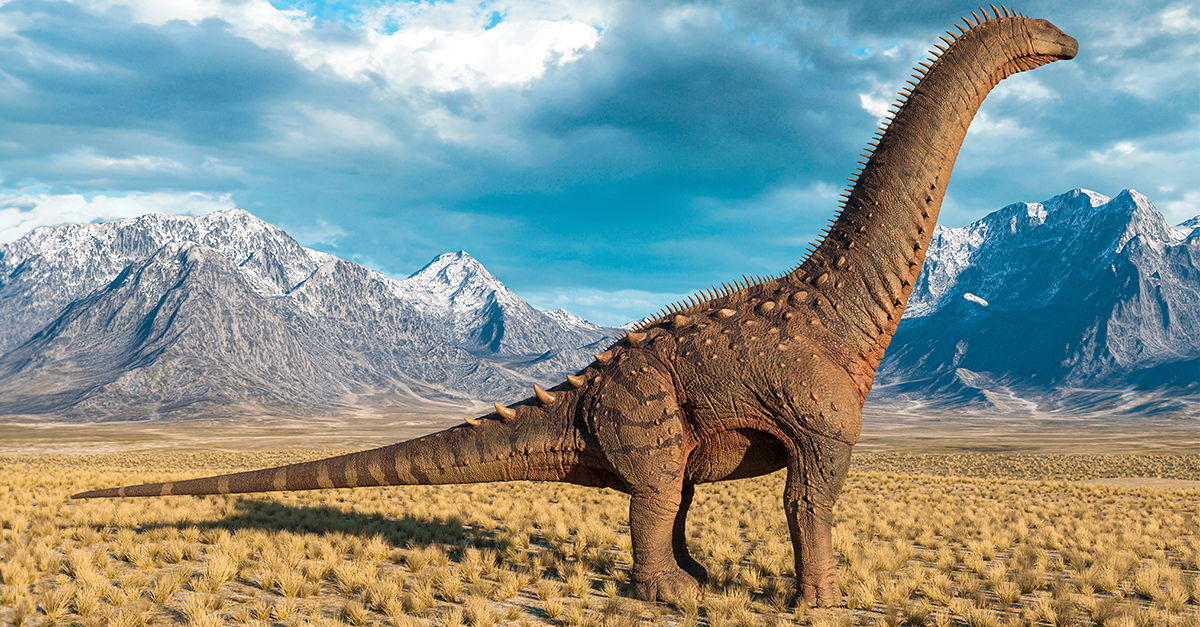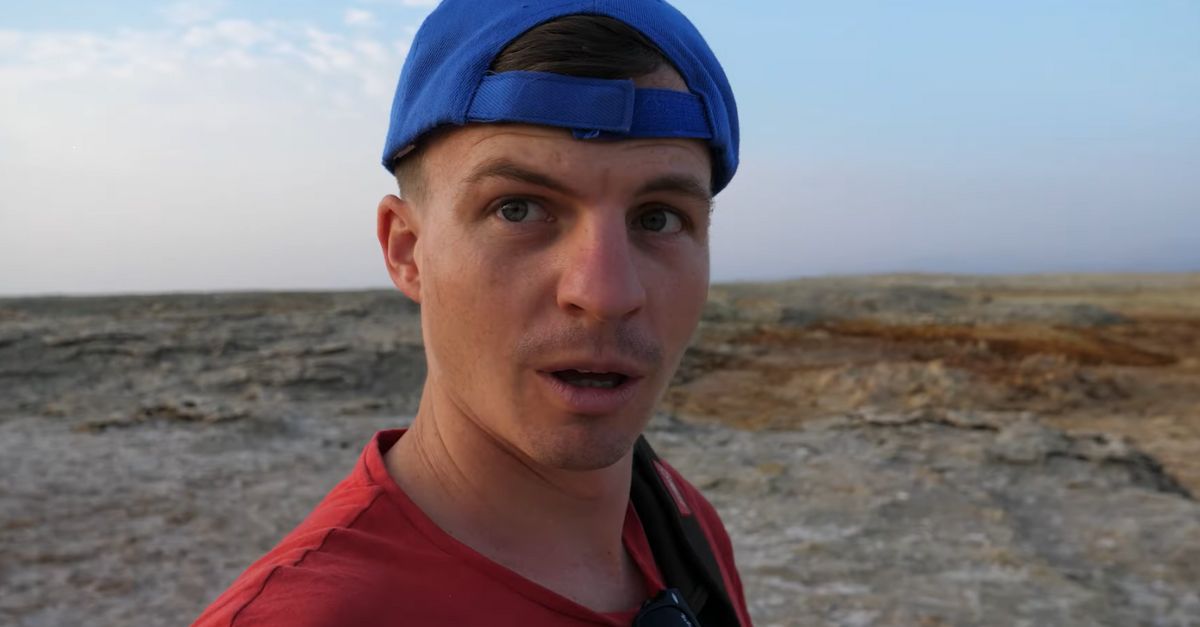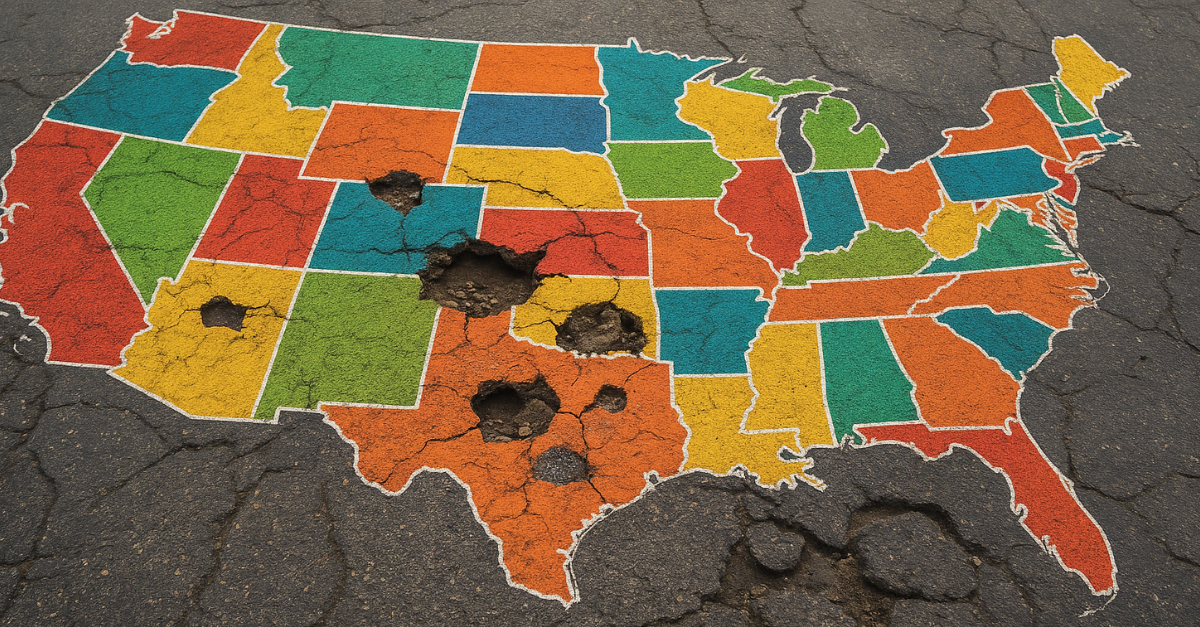The Devil’s Triangle
The story of the Bermuda Triangle is no secret—but there’s so much that people don’t know. Could there really be some kind of unknown force behind the rash of disturbing incidents and disappearances in that patch of the Atlantic Ocean, or is it all just a bizarre coincidence? The truth is much stranger than you’d expect.
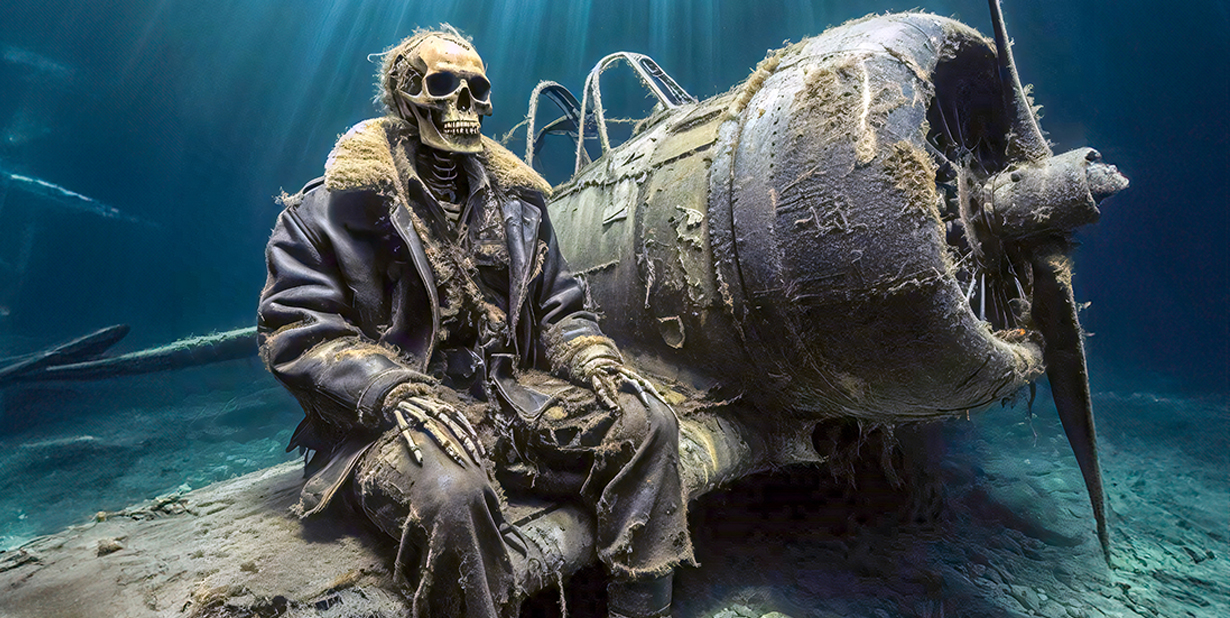
The Triangle, Defined
The Bermuda Triangle is, essentially, the patch of Atlantic Ocean between three points on the map: Miami, Florida; San Juan, Puerto Rico; and the island of Bermuda. Looking on the map, the Triangle itself is mostly ocean, but also comprises many of the islands of the Bahamas, as well as Turks & Caicos. Or at least, that’s one definition.
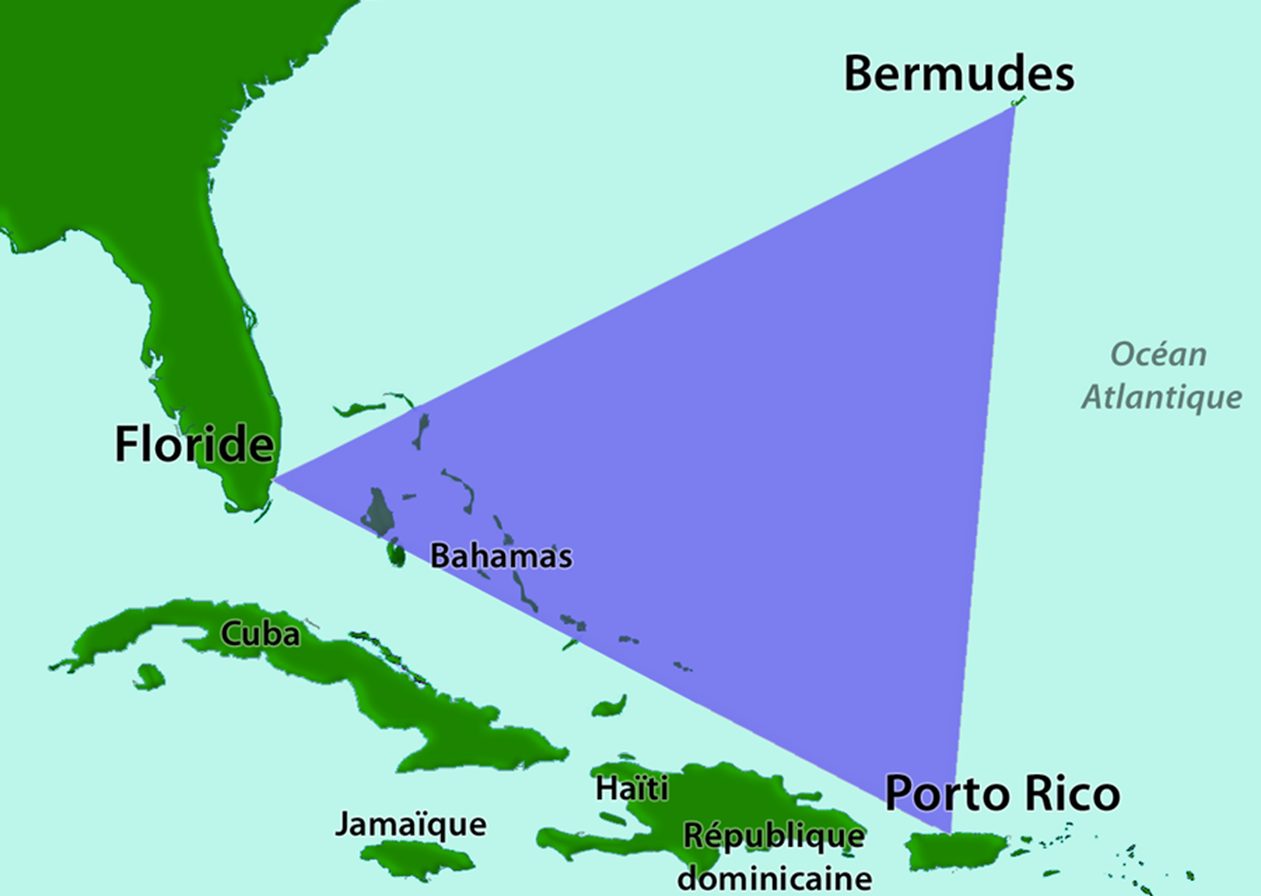 Ds003, CC BY-SA 3.0, Wikimedia Commons
Ds003, CC BY-SA 3.0, Wikimedia Commons
Loose Boundaries
The true boundaries that make up the Bermuda Triangle depends on who’s writing about it. While one author proposed Miami, San Juan, and Bermuda as the three points, others have shrunk or expanded the triangle depending on the incidents they’re looking at. Some have even suggested the Triangle being responsible for disappearances off the coast of Ireland.
The First Evidence
Though stories of disappearances in the area go quite far back, it was only in the mid-20th century that a handful of journalists began to claim that they might be related in some way, and that the geography could have something to do with it. And it all began in the Miami Herald.
The First Article
Edward Van Winkle Jones, a writer for the Herald, was the first to publish something about the phenomenon in 1950. His article was being widely distributed by the Associated Press. The headline read “Same Big World: Sea’s Puzzles Still Baffle Men In Pushbutton Age”—and it presented some compelling evidence.
 rochelle hartman, CC BY 2.0, Wikimedia Commons
rochelle hartman, CC BY 2.0, Wikimedia Commons
Same Big World
With the advent of plane travel, distant destinations were now at people’s fingertips in a way they never had been before. The mystique of the far-flung was slowly dissolving before our eyes—but, as Jones pointed out, there was still mystery in the world. And it was taking place in one small area.
The Evidence
In his article, Jones compiled a list of ships and airplanes that had disappeared in that small patch of the Atlantic, and the many lives that had presumably been lost along the way—135, by his count. And they all had something in common.
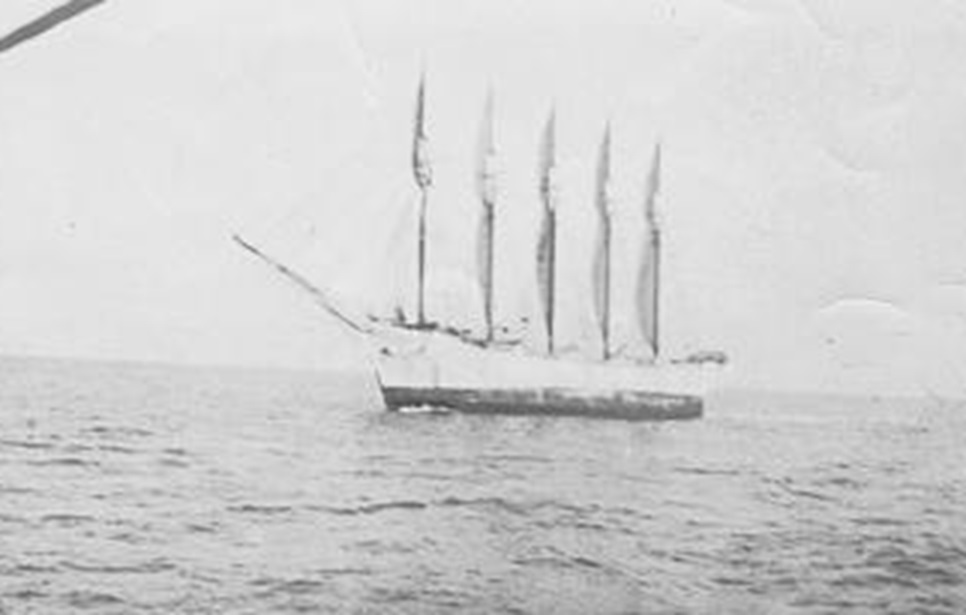 Unknown Author, Wikimedia Commons
Unknown Author, Wikimedia Commons
The Map
Jones’ article included a hand-notated map that marked the sites of the various incidents. Jones didn’t speculate about any specific cause, simply noting that they all happened within a relatively small area. It wasn’t long before others took notice.
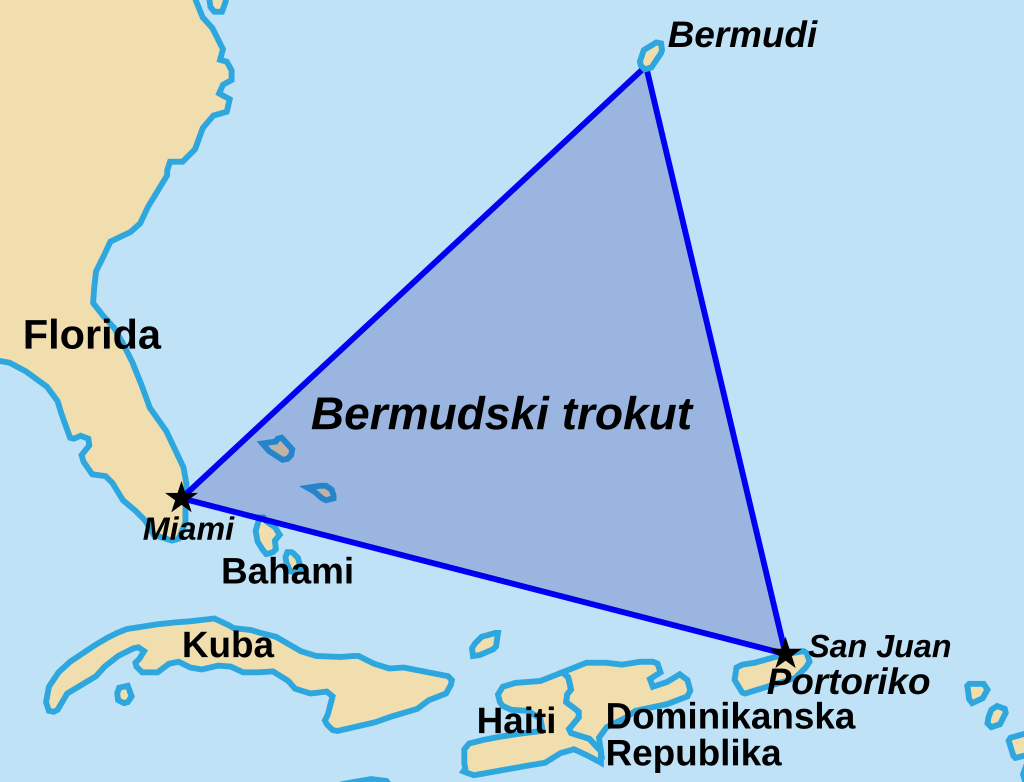 Bermuda Triangle (NL). Xyliosius MaGa, Wikimedia Commons
Bermuda Triangle (NL). Xyliosius MaGa, Wikimedia Commons
Sea Mystery
Two years after the publication of Jones’ article, George X Sand published “Sea Mystery at Our Back Door” in Fate, a magazine dedicated to paranormal phenomena. He was the first to point out that the incidents occurred within a triangle-shaped area, and listed a number of marine and aerial disappearances that fit into his hypothesis.
But hey, ships sink and planes crash—and a lot of the time, there’s no one around to witness it. So what made these incidents so compelling?
The Lost Patrol
10 years after Sand, author Allan W Eckert looked at the phenomenon for The American Legion Magazine, enumerating many of the same cases covered by other writers before him. But one compelling thing he pointed out had to do with radio conversations from a missing plane that had been overheard by their base.
“Everything Is Wrong”
Remarkably, a flight leader was heard to say, "We cannot be sure of any direction [...] everything is wrong [...] strange [...] the ocean doesn't look as it should". These chilling words pointed to something far more sinister happening than just a routine accident. And it wasn’t the only time that equipment mysteriously failed within the waters of the Bermuda Triangle.
The First Incident
The list of incidents attributed to the Bermuda Triangle goes all the way back to 1800 and continues up until this day. The first, from 1800, was the USS Pickering, which was traveling from Guadeloupe to Delaware when it was lost, along with 91 souls on board.
There’s little evidence from this disappearance, and some believe it was lost in a gale—but as incidents began to happen more frequently, people sat up and took notice.
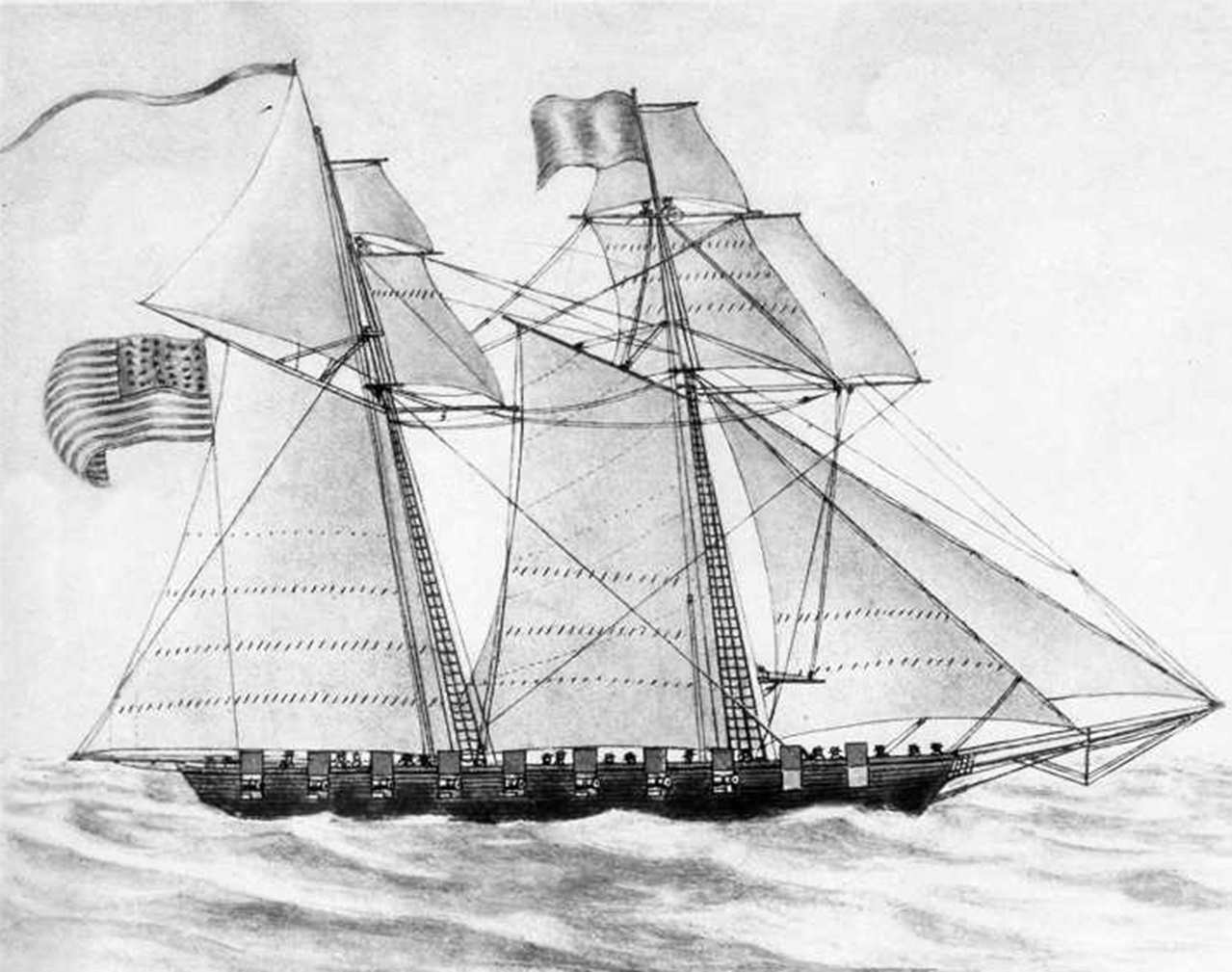 Unknown Author, Wikimedia Commons
Unknown Author, Wikimedia Commons
Other Maritime Disappearances
The disappearances of the USS Wasp and USS Wildcat in the early 19th century were later potentially attributed to the Bermuda Triangle. Other notable incidents in the area include the disappearance of two ships that both departed from the Royal Navy Dockyard in Bermuda around 1880.
It was about this same time that an odd story popped up which only served to reinforce that something strange was happening.
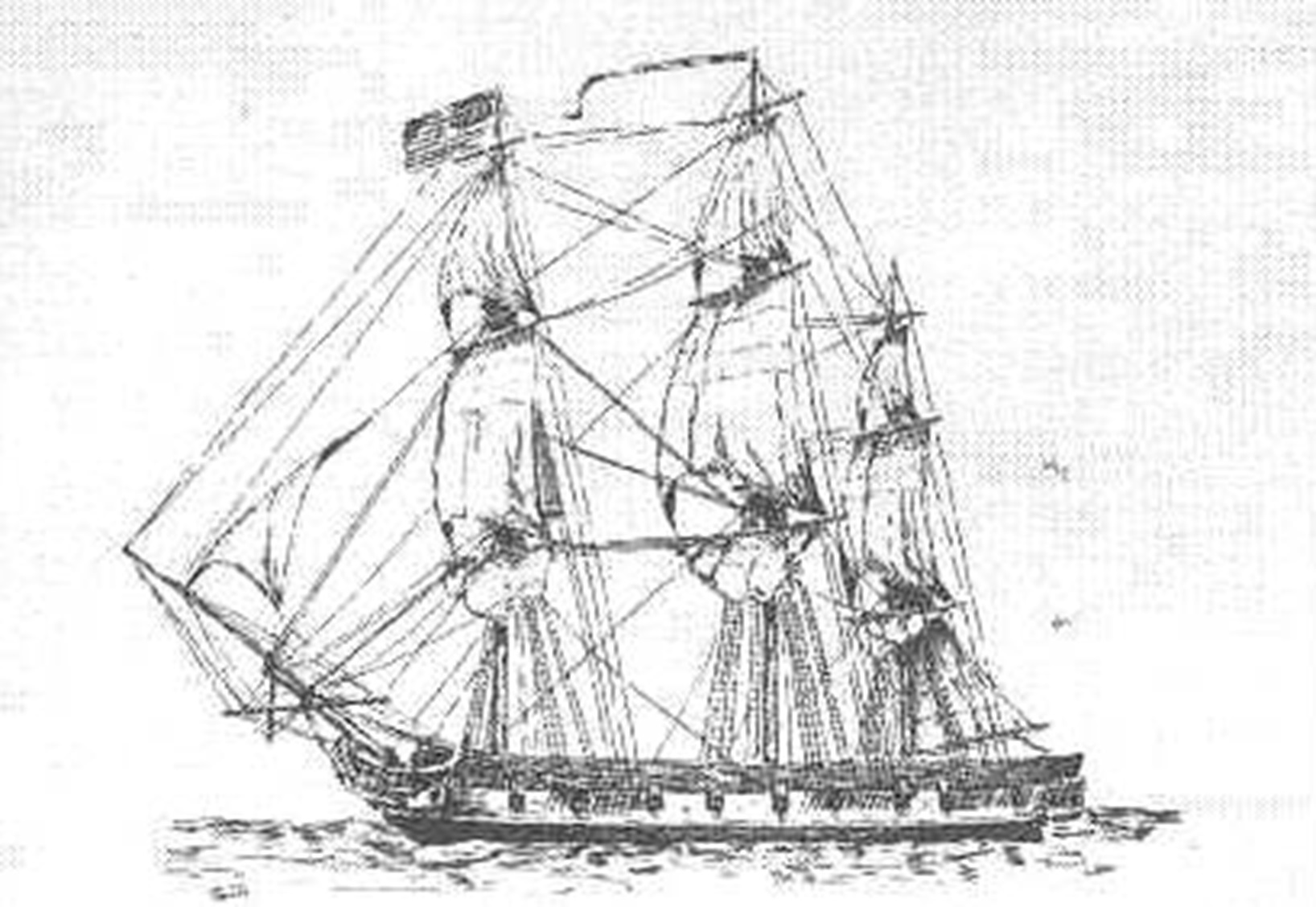 Prometheus1, Wikimedia Commons
Prometheus1, Wikimedia Commons
The Ellen Austin
As the story goes, a ship named the Ellen Austin was passing through the Triangle on its normal route between Liverpool and New York City when someone on the crew spotted a bizarre sight: another ship in the water, seemingly abandoned and moving erratically, though still in good shape.
They decided to board to see if they could salvage it—and what they found was chilling.
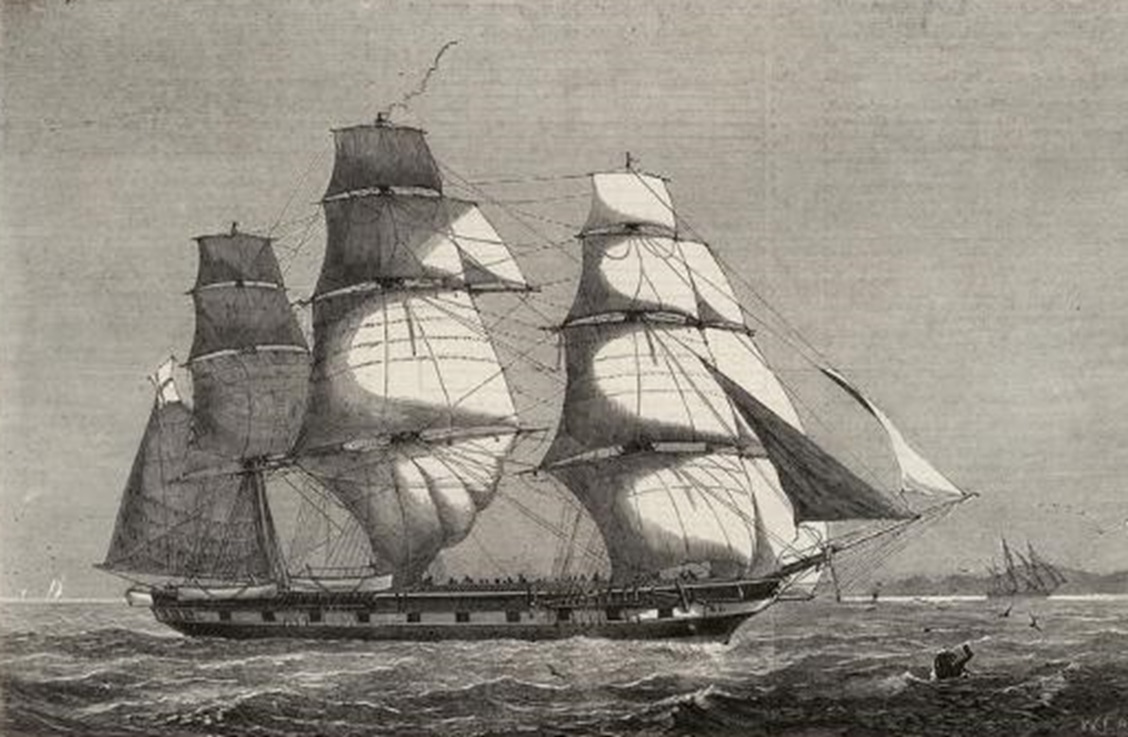 William Edward Atkins, Wikimedia Commons
William Edward Atkins, Wikimedia Commons
The Ellen Austin (cont’d)
The crew who went on board the ship didn’t find a single person—but they also didn’t find any reason why the ship would’ve been abandoned. There was no damage and no signs of violence. The ship’s crew’s personal belongings and rations were still on board. Its expensive cargo was untouched. None of it made sense.
The Salvage
Ultimately, the Ellen Austin opted to salvage the abandoned ship—but they didn’t know what they were in for. While attempting to sail to New York, the two ships were separated during a storm. Much later, the Ellen Austin came across the same ship again. That’s when things got even more weird.
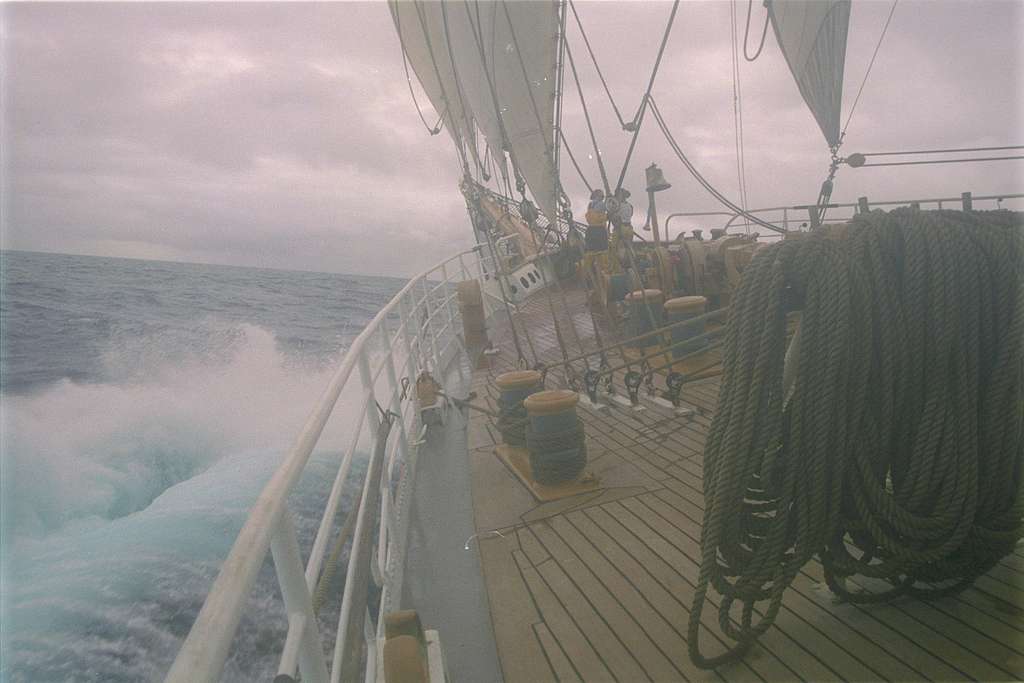 Defense Visual Information Distribution Service, Picryl
Defense Visual Information Distribution Service, Picryl
Lightning Strikes Twice
This time, the Ellen Austin crew who’d gone over to helm it on the salvage mission were gone. The ship was once again empty. Few records exist of this incident, which mostly relegates it to the category of “legend”—but it has eerie similarities with other Bermuda Triangle incidents.
USS Cyclops
One incident that is often tied to the Bermuda Triangle is the loss of the USS Cyclops— the single largest loss of life in the history of the US Navy not related to combat. The ship had departed Barbados when it went missing in March of 1918. There were 306 crew on board.
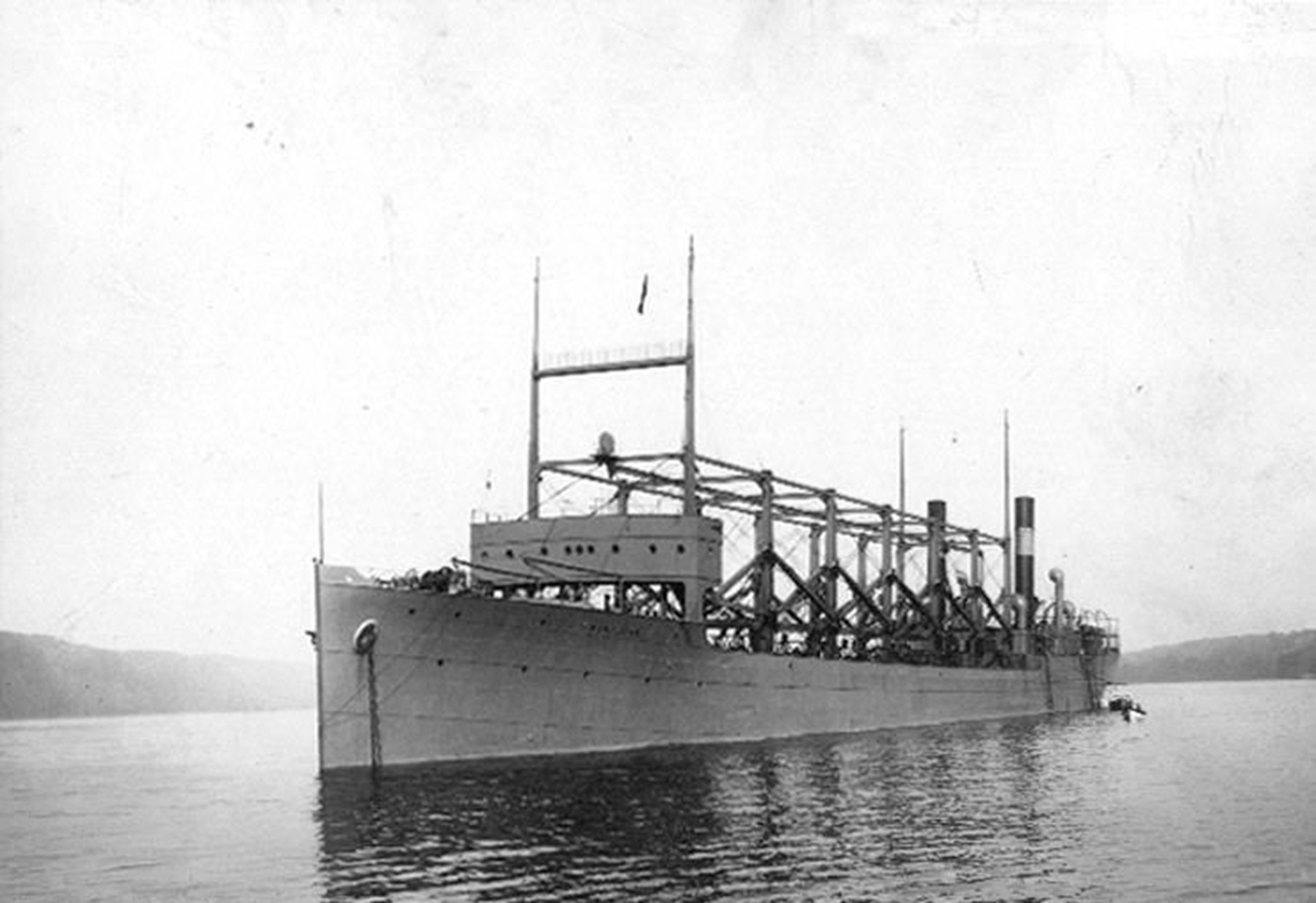 New York Navy Yard, Wikimedia Commons
New York Navy Yard, Wikimedia Commons
The Evidence
At the time, the Cyclops had been commissioned for use in WWI, and was carrying a load of manganese ore when it disappeared. For this reason, many believe that it had been attacked by the German Forces, who denied involvement. But there’s a bizarre coincidence that’s hard to ignore.
Strangely enough, Cyclops’ two sister ships later suffered similar fates.
The WWII Era
Throughout the interwar years, a number of other ships either disappeared or were found abandoned in the area. But then, events in the Bermuda Triangle ramped up again. During WWII, more ships were in the water than ever before, with the US Navy having more than 6,700 ships in operation by the end of the conflict.
This meant a lot of ships carrying a lot of cargo, and more crossing through the so-called Devil’s Triangle.
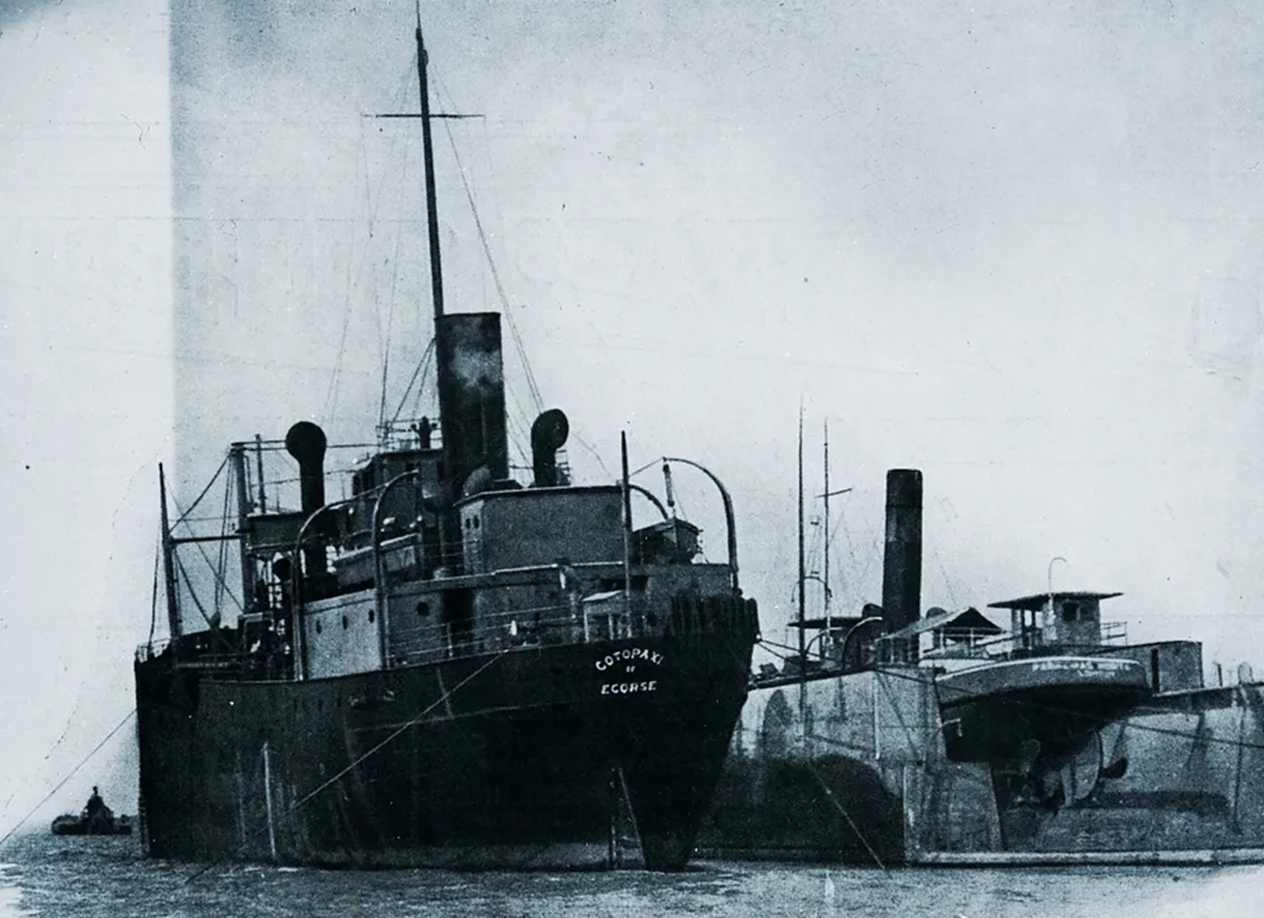 Edward J. Dowling, S.J., University of Detroit Mercy, Wikimedia Commons
Edward J. Dowling, S.J., University of Detroit Mercy, Wikimedia Commons
The Sister Ships
During WWII, two of Cyclops’ sister ships, the USS Proteus and the USS Nereus, suffered the same fate—with some eerie coincidences. They were both carrying bauxite, one of the main sources of aluminum. Both departed from the same port in the Virgin Islands, one month apart. And both disappeared. No German U-boats ever claimed responsibility for sinking either, and no further evidence has ever been found.
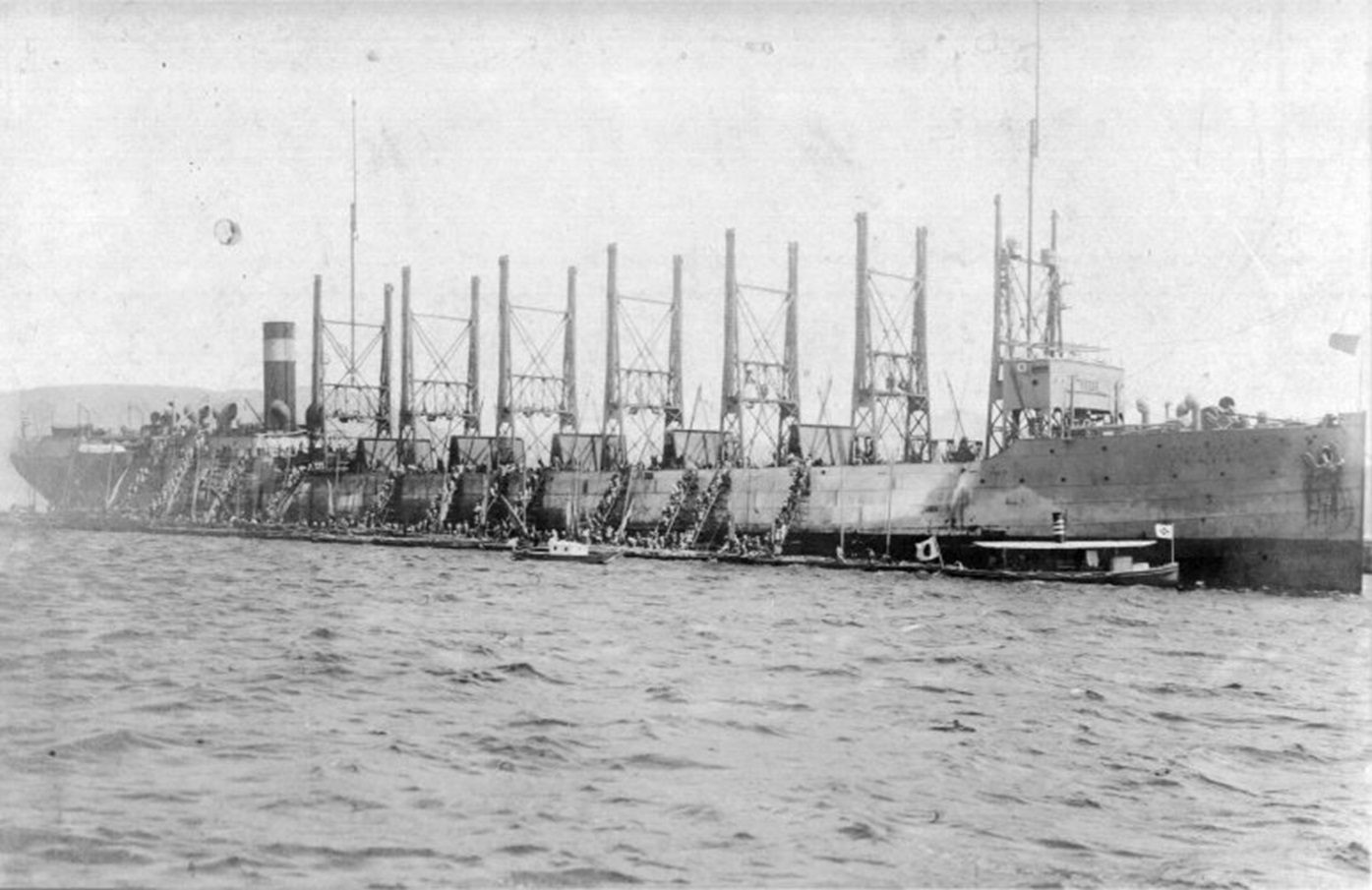 Unknown Author, Wikimedia Commons
Unknown Author, Wikimedia Commons
From Sea To Sky
Much as the US Navy expanded to record levels during WWII, the US Army started with just a few planes—and by the end of the war, they had become the largest Air Force ever assembled, with 80,000 planes.
Until this point, the strange incidents attributed to the Bermuda Triangle had only taken ships, but towards the end of WWII, things began happening in the sky as well.
 US Marine Corps, Wikimedia Commons
US Marine Corps, Wikimedia Commons
US Navy PBM3S
In July of 1945, a patrol seaplane carrying 12 crew departed Banana River, Florida, for the Bahamas, but never made it to its destination. Though the Navy searched for the craft for 10 days, no evidence was ever found.
Soon after, WWII ended—but the mysterious incidents in the air didn’t.
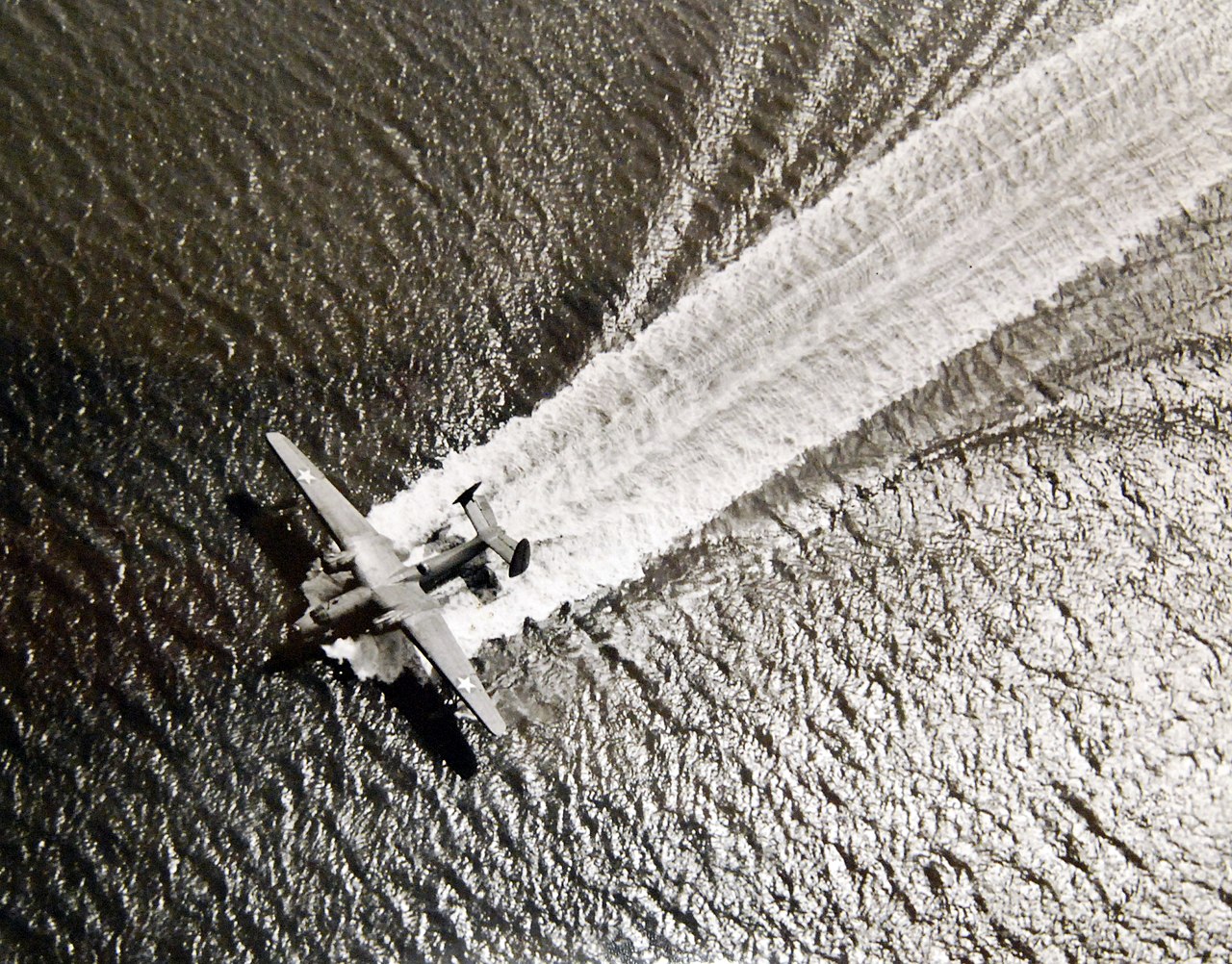 National Museum of the U.S. Navy, Wikimedia Commons
National Museum of the U.S. Navy, Wikimedia Commons
Flight 19
What we refer to as “Flight 19” was actually a training flight of a squadron of five torpedo bombers. They were part of a navigation training flight for the Navy. On December 5, 1945, the tests were in progress over the Bahamas. As mentioned earlier, their base in Fort Lauderdale and other craft in the area could overhear the radio transmissions between pilots.
And as the squadron moved to make their final turn, things turned eerie.
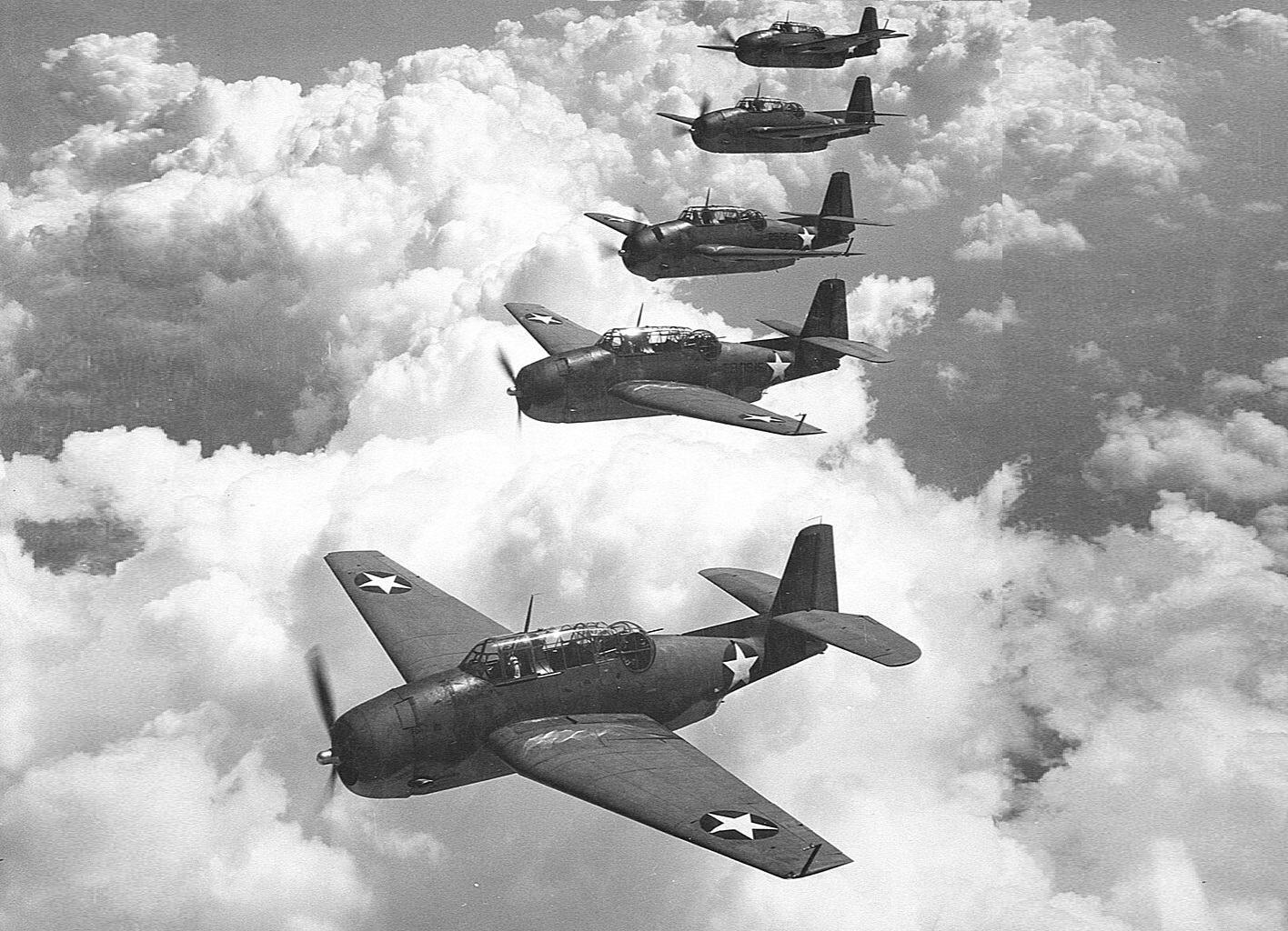 U.S. Navy photo 80-G-427475, Wikimedia Commons
U.S. Navy photo 80-G-427475, Wikimedia Commons
Flight 19 (cont’d)
Aside from the aforementioned words overheard--"We cannot be sure of any direction [...] everything is wrong [...] strange [...] the ocean doesn't look as it should"—there were more transmissions from the squadron. When a pilot performing a similar exercise overheard someone say “I don’t know where we are,” he tried to help.
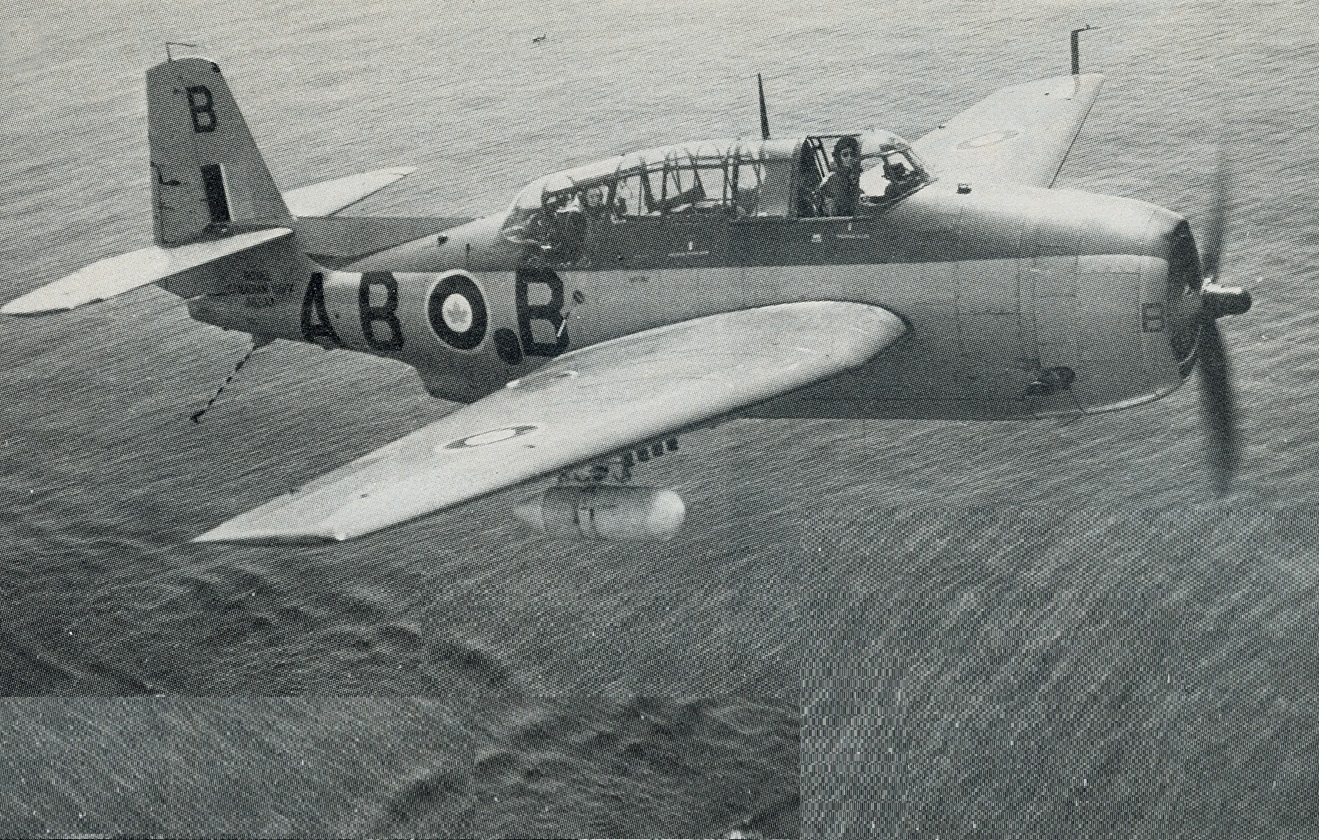 Insomnia Cured Here, CC BY-SA 2.0, Wikimedia Commons
Insomnia Cured Here, CC BY-SA 2.0, Wikimedia Commons
Looking For Land
The squadron expressed they were having trouble with multiple compasses and were looking for Fort Lauderdale. The pilot who responded did his best to guide them, but it seemed as if the student pilots wouldn’t follow instructions—likely, waiting for their trainer to guide them.
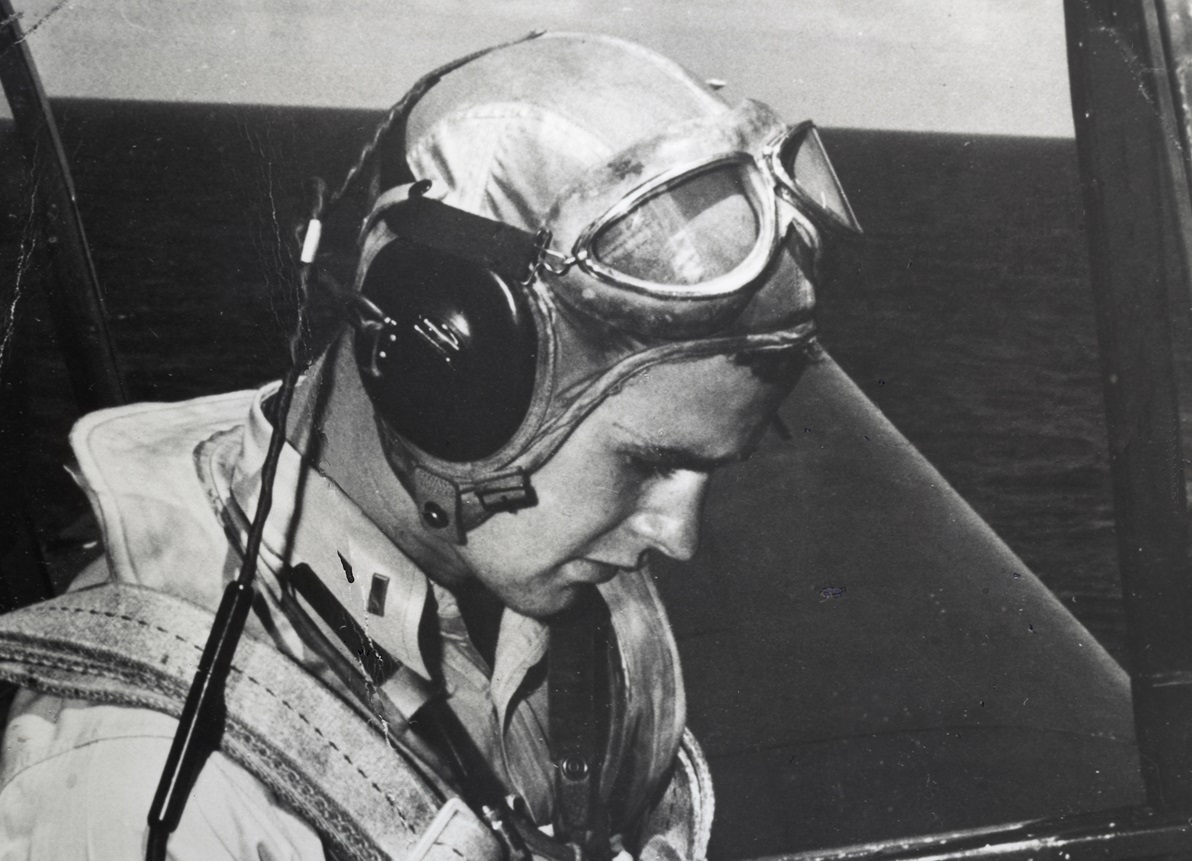 Naval History & Heritage Command, Wikimedia Commons
Naval History & Heritage Command, Wikimedia Commons
Going In Circles
They were advised to put the sun on their port wing in order to find north. The messages that went out indicated they had a plan to fly northwest until they were over Florida, but at a certain point, there were other messages about not having flown far enough to the east.
A Race Against Time
By this time, it was likely that they were all low on fuel. The last message overheard said they’d fly in formation and go down together when the first of their engines dropped below 10 gallons. Still hoping to help, a search party quickly assembled.
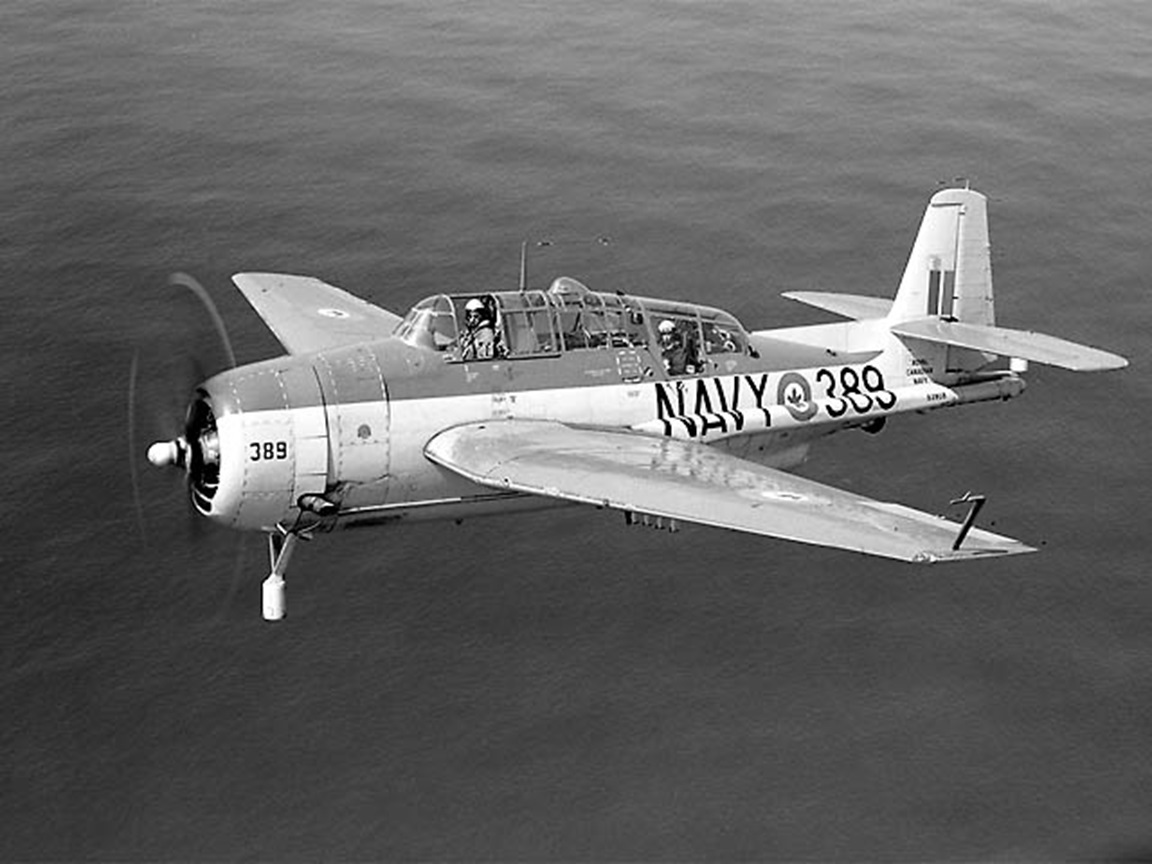 Unknown Author, Wikimedia Commons
Unknown Author, Wikimedia Commons
The Search Party
Those who had overheard the squadron’s radio messages had a fair idea of where the planes had last been, and alerted nearby air bases, aircraft, and ships. One of these aircraft, a Martin PBM Mariner flying boat, went off to search for Flight 19 one hour after their last message was heard.
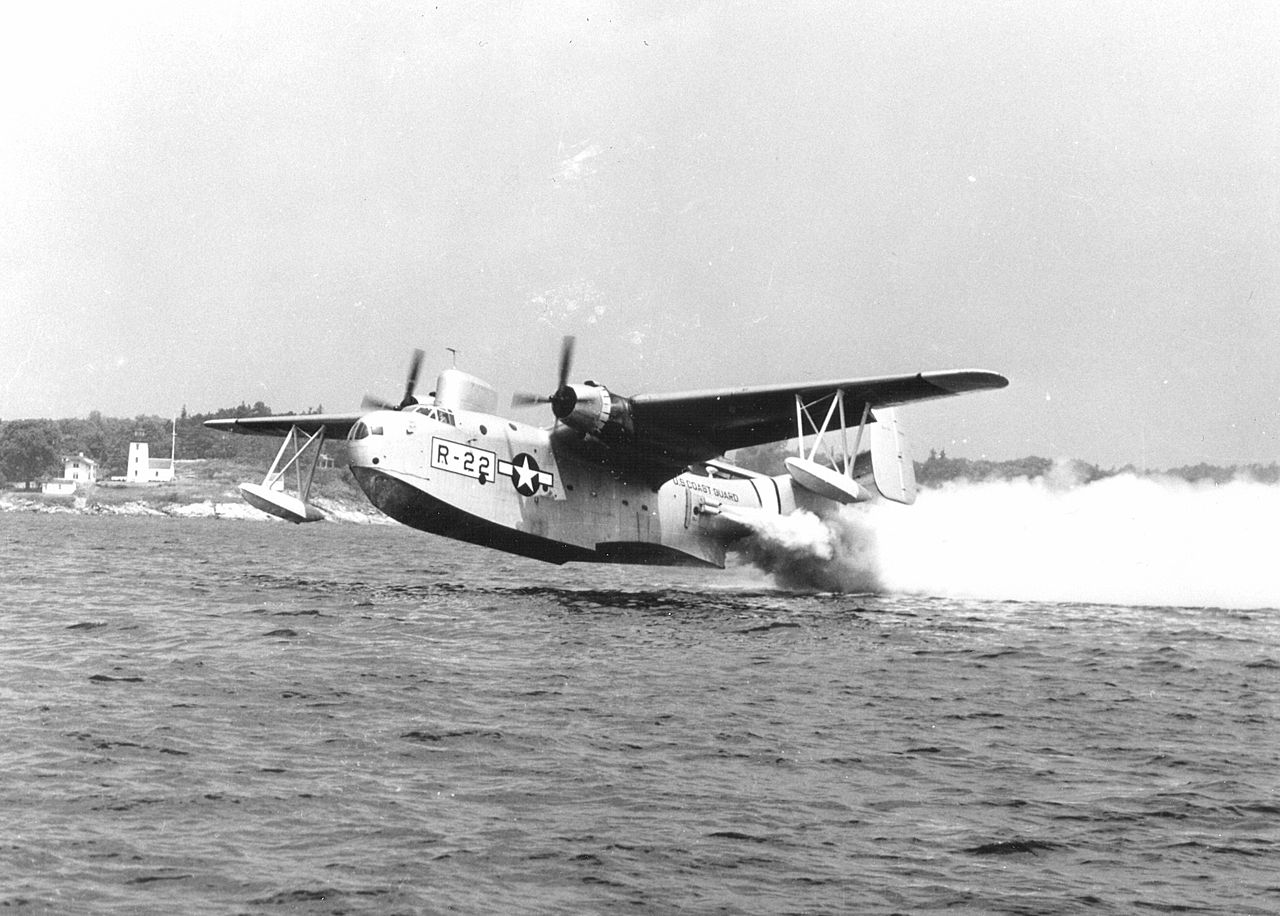 U.S. Coast Guard, Wikimedia Commons
U.S. Coast Guard, Wikimedia Commons
PBM-5
Only three minutes after takeoff, the PBM-5 sent a routine message—the last one it would ever send. Exactly one hour and 45 minutes later, a tanker reported a fire nearby, potentially from an explosion. They approached in an effort to search for survivors, but none were found. The tragedy had now claimed six aircraft and 27 lives.
This was the first significant flight incident attributed to the Bermuda Triangle—but not the last.
Twinned Craft
One bizarre thread that can be found interwoven through tales of the Bermuda Triangle are instances where multiples of a specific model of ship or aircraft are the subject of an incident. Aside from the ones already mentioned, like Flight 19 or the Cyclops and her sister ships, there were the disappearances of the BSAA Star Tiger and BSAA Star Ariel.
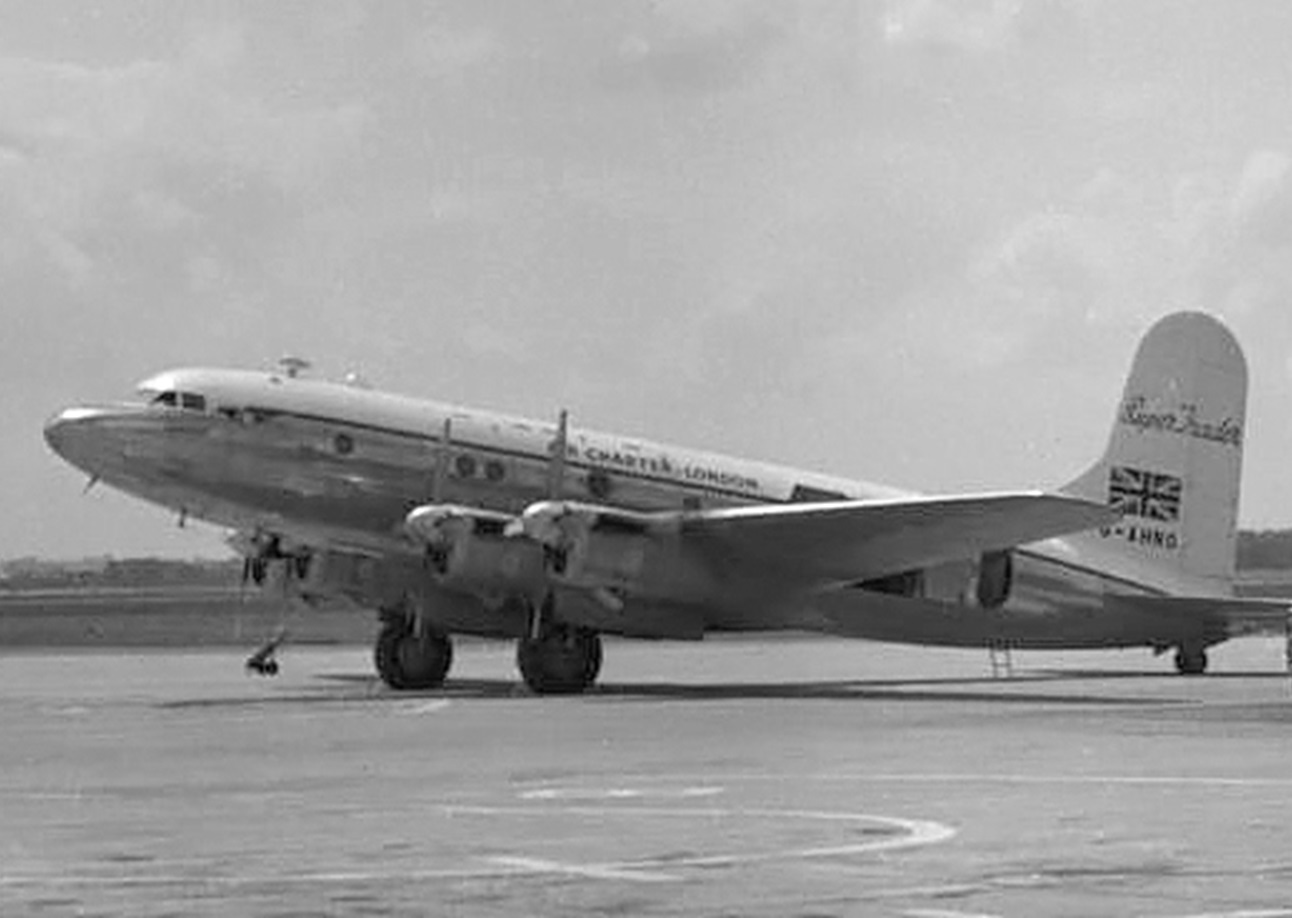 RuthAS, CC BY 3.0, Wikimedia Commons
RuthAS, CC BY 3.0, Wikimedia Commons
The “Stars”
Both the Star Tiger and Star Ariel were Avro Tudor IV passenger aircraft operated by British South American Airways. The Star Tiger disappeared at the end of a long flight in January of 1948. Just two weeks short of a year later, this time on a very short flight, the Star Ariel disappeared.
When it comes to the Bermuda Triangle, it seemed like the bad luck came in threes, and twos, …and all other shapes and sizes.
 RuthAS, CC BY 3.0, Wikimedia Commons
RuthAS, CC BY 3.0, Wikimedia Commons
The Witchcraft
It sounds like a bad joke or an unsolvable riddle—a Miami hotel owner and a priest walk onto a luxury yacht named Witchcraft to go look at Christmas lights, yet neither walks off. But it’s not a joke, it’s actually what happened aboard the cabin cruiser Witchcraft in 1967.
The Witchcraft (cont’d)
Dan Burack, who owned the Witchcraft, set sail from Miami with priest Patrick Horgan on the evening of December 22, 1967. They went out one mile and anchored to admire the Christmas lights on shore, but Burack then had to radio the Coast Guard. He reported that he’d struck something underwater and needed a tow. They told him to wait 20 minutes and light a flare so they could find him—but they never saw it.
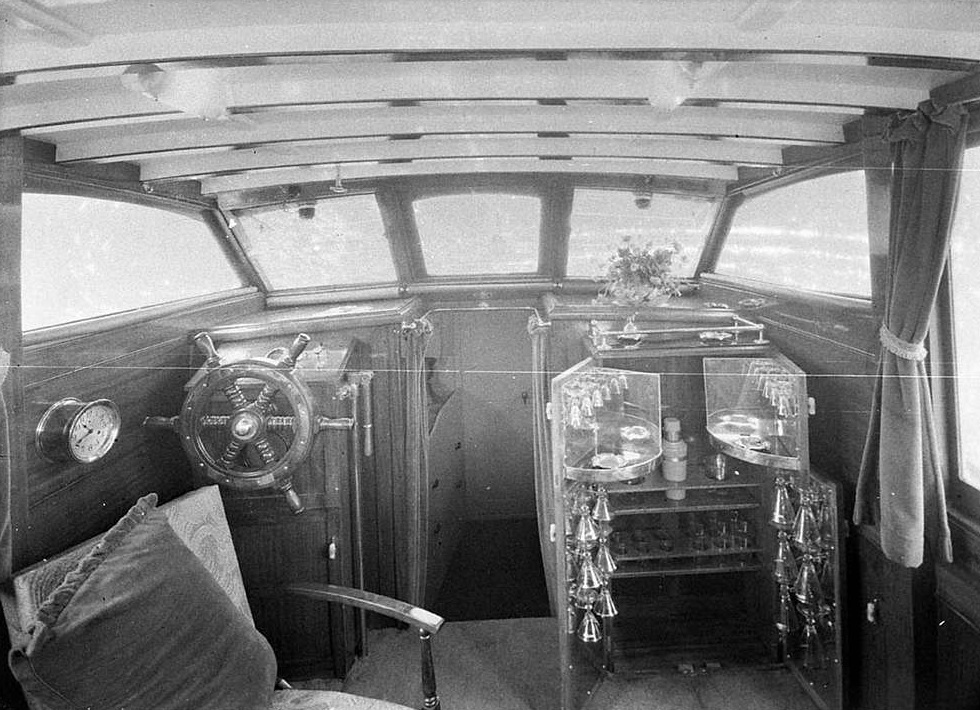 State Library of New South Wales, Picryl
State Library of New South Wales, Picryl
The Disappearance
The Coast Guard traveled to the area where the Witchcraft should’ve been just 20 minutes later—right on time—but didn’t see a flare. In fact, they didn’t see anything. The Witchcraft had a special flotation device in its hull, so it was unlikely that it would’ve sank in that time.
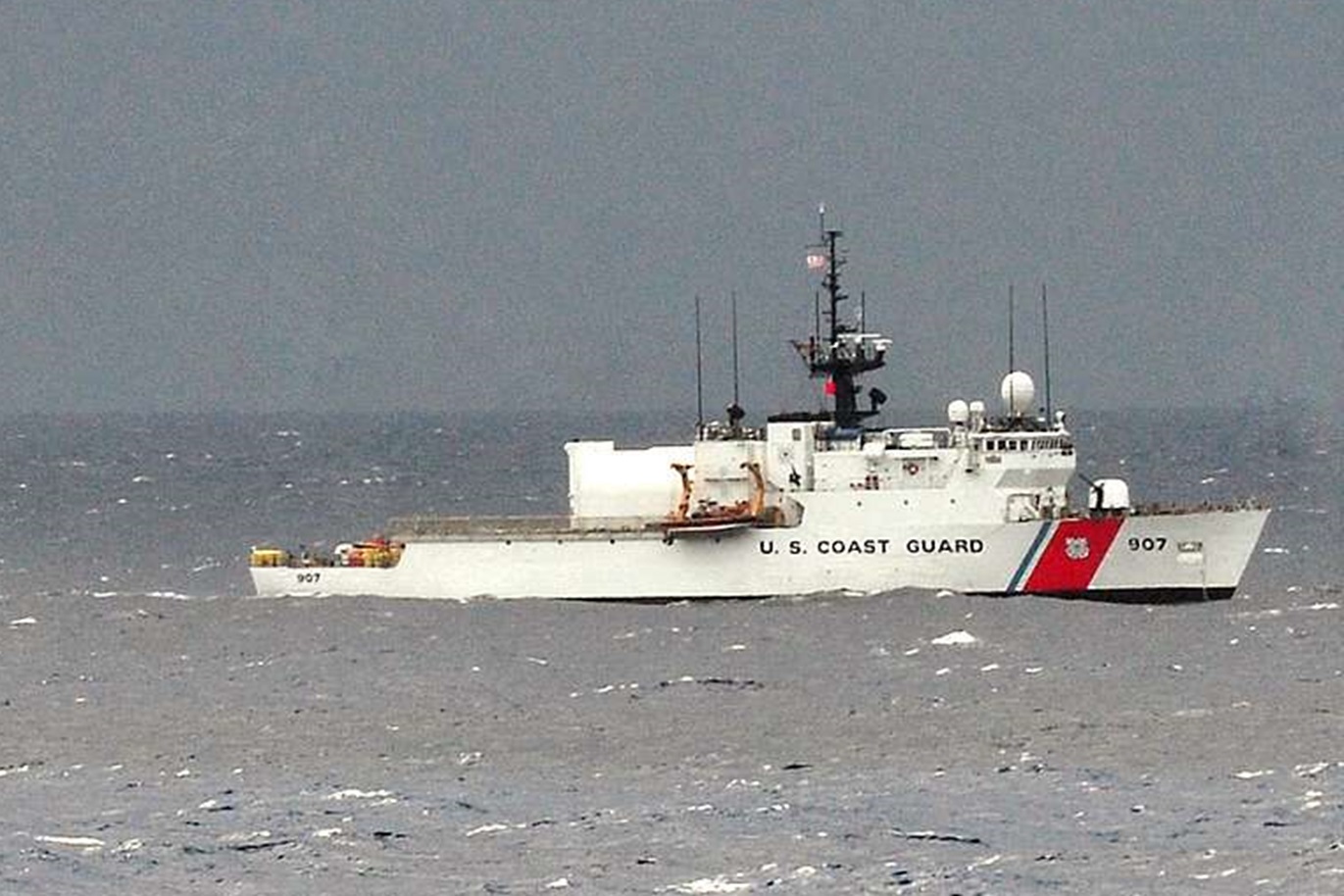 Defense Visual Information Distribution Service, Picryl
Defense Visual Information Distribution Service, Picryl
The Search For The Witchcraft
For the next six days, the Coast Guard searched hundreds of square miles for the Witchcraft and its two passengers. They didn’t find anything—nor has any trace of the yacht been found since.
It was in this same era that interest in the phenomenon increased—especially after it was finally given a name.
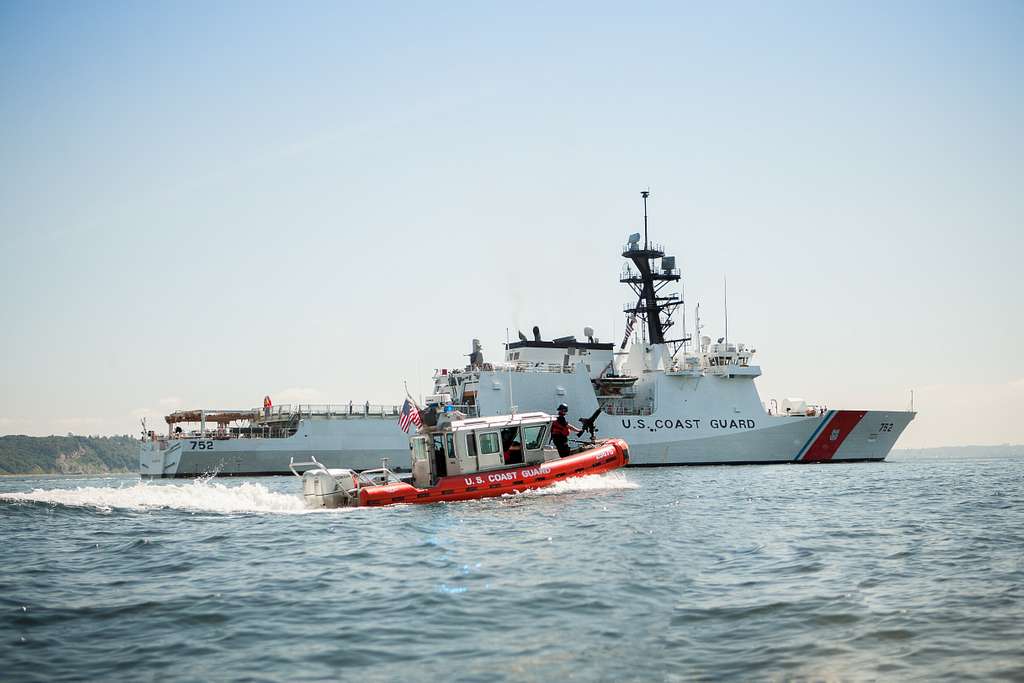 Defense Visual Information Distribution Service, Picryl
Defense Visual Information Distribution Service, Picryl
Vincent Gaddis
Author Vincent Gaddis was the first one to use the term “Bermuda Triangle” in an article titled “The Deadly Bermuda Triangle”. He later wrote a book, Invisible Horizons, based on the article. Gaddis was known for his interest in paranormal phenomenon—not just the Bermuda Triangle, but also spontaneous human combustion.
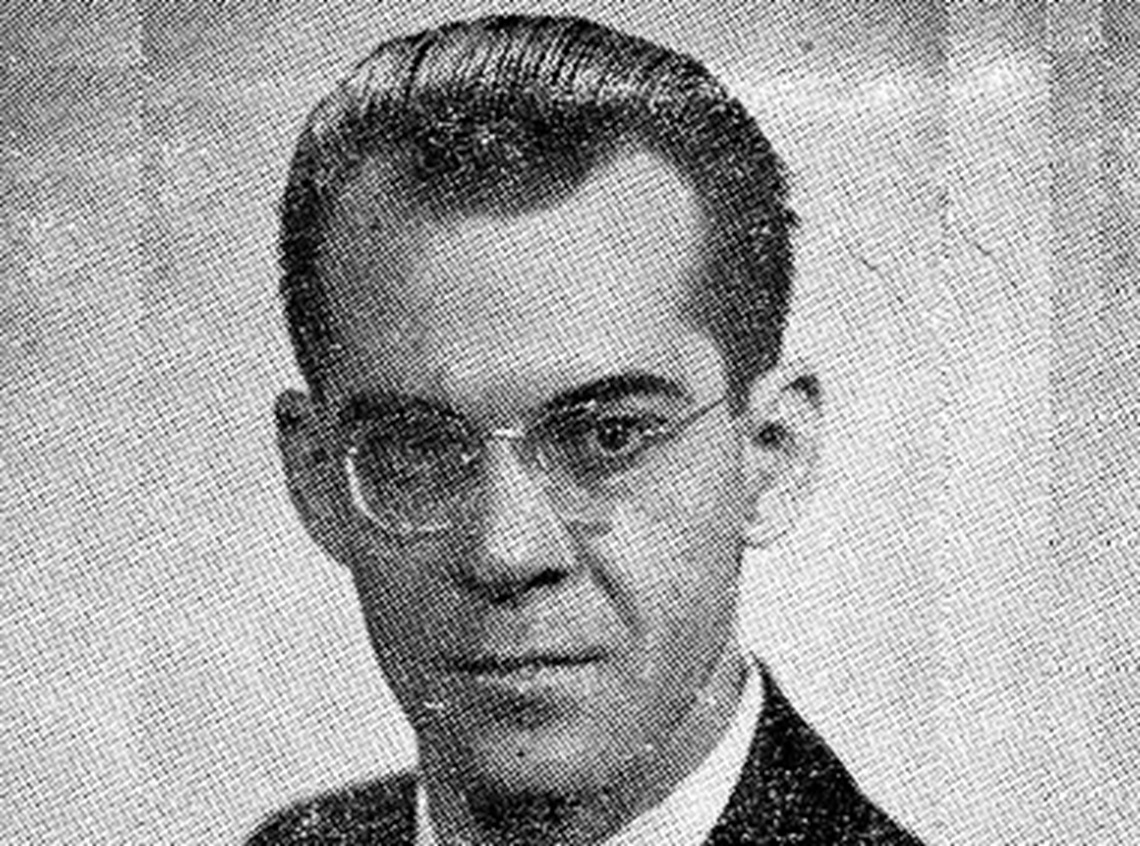 Unknown Author, Wikimedia Commons
Unknown Author, Wikimedia Commons
Searching For An Explanation
Gaddis and later writers who took on the subject were more explicit in their opinions about the Bermuda Triangle. To them, the ongoing series of incidents weren’t simply coincidental—they were paranormal.
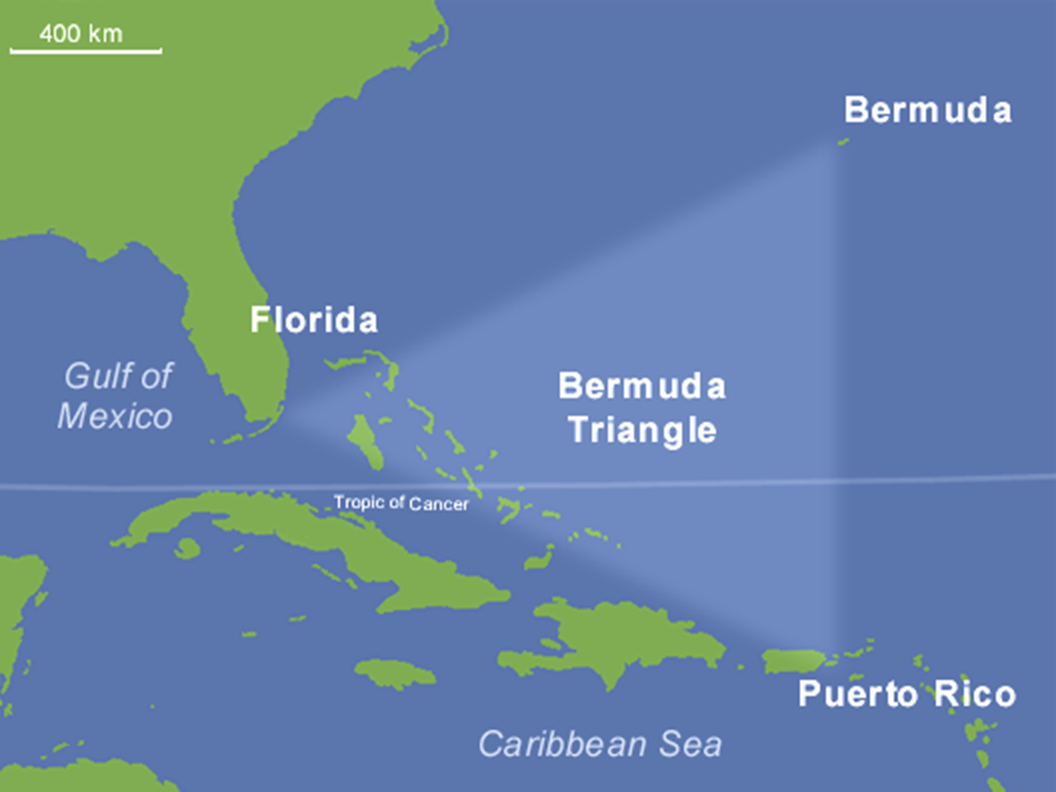 Bermudan_kolmio, Majestic, Wikimedia Commons
Bermudan_kolmio, Majestic, Wikimedia Commons
The Paranormal Theory
It’s easy to understand why it’s compelling to look at the laundry list of episodes in the Bermuda Triangle, with at least 20 aerial and 50 nautical incidents having been attributed to the phenomenon, and search for a reasoning that ties them all together.
Over the years, many writers and researchers have posited that some sort of paranormal force has to be responsible—but even among this group, they differ on the specific cause.
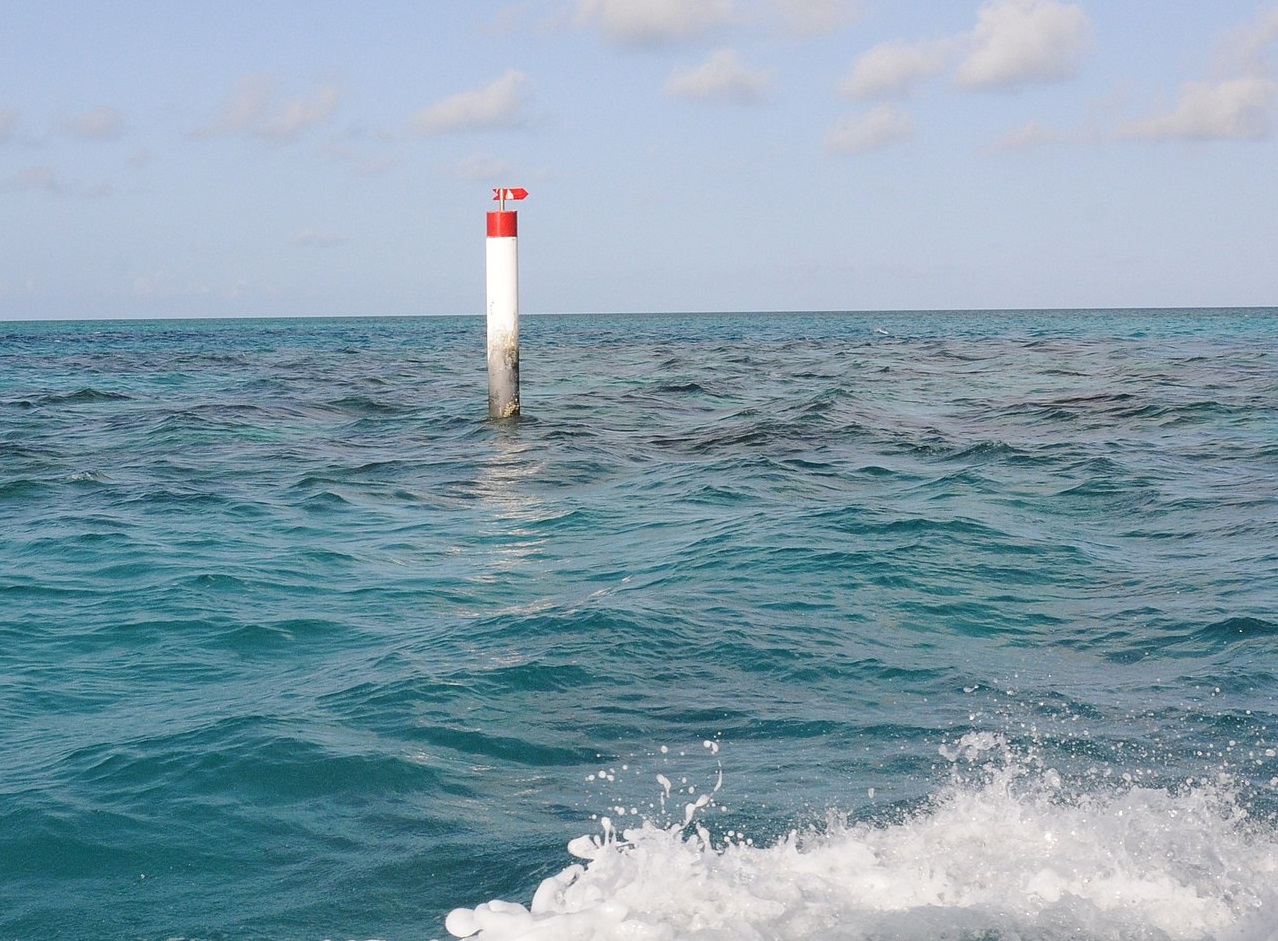 David Broad, CC BY 3.0, Wikimedia Commons
David Broad, CC BY 3.0, Wikimedia Commons
The Atlantis Theory
Some believe that within the Bermuda Triangle lies the remains of the Lost City of Atlantis, and that their technology may be responsible for the problems with navigational systems above the water. Notorious purported psychic Edgar Cayce claimed that evidence of Atlantis would be found in 1968—and in a bizarre way, he was right.
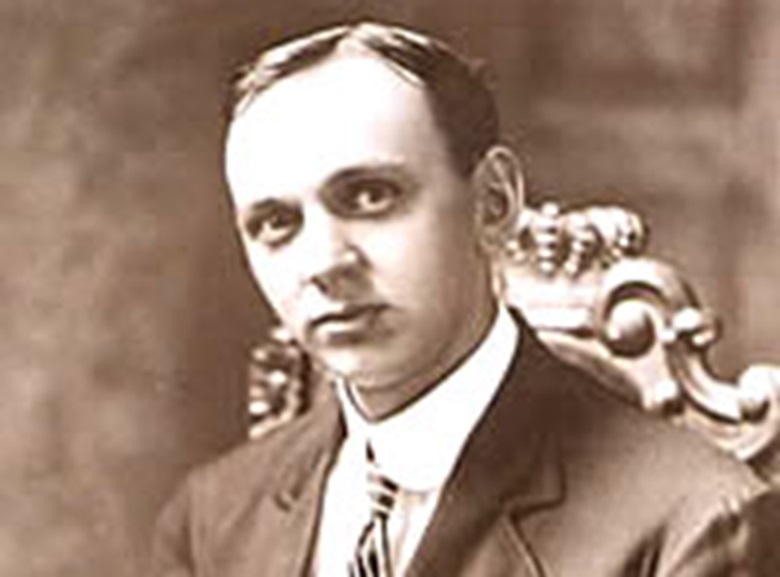 Unknown Author, Wikimedia Commons
Unknown Author, Wikimedia Commons
Bimini Road
In 1968, divers discovered a bizarre rock formation while diving off the coast of the Bimini islands in the Bahamas. The formation looked strangely like a man-made road, wall, or breakwater, though no historical evidence existed of its construction.
To many, this seemed like proof that Cayce was right—that Bimini Road might have been part of Atlantis, thereby placing it within the geographical confines of the Bermuda Triangle.
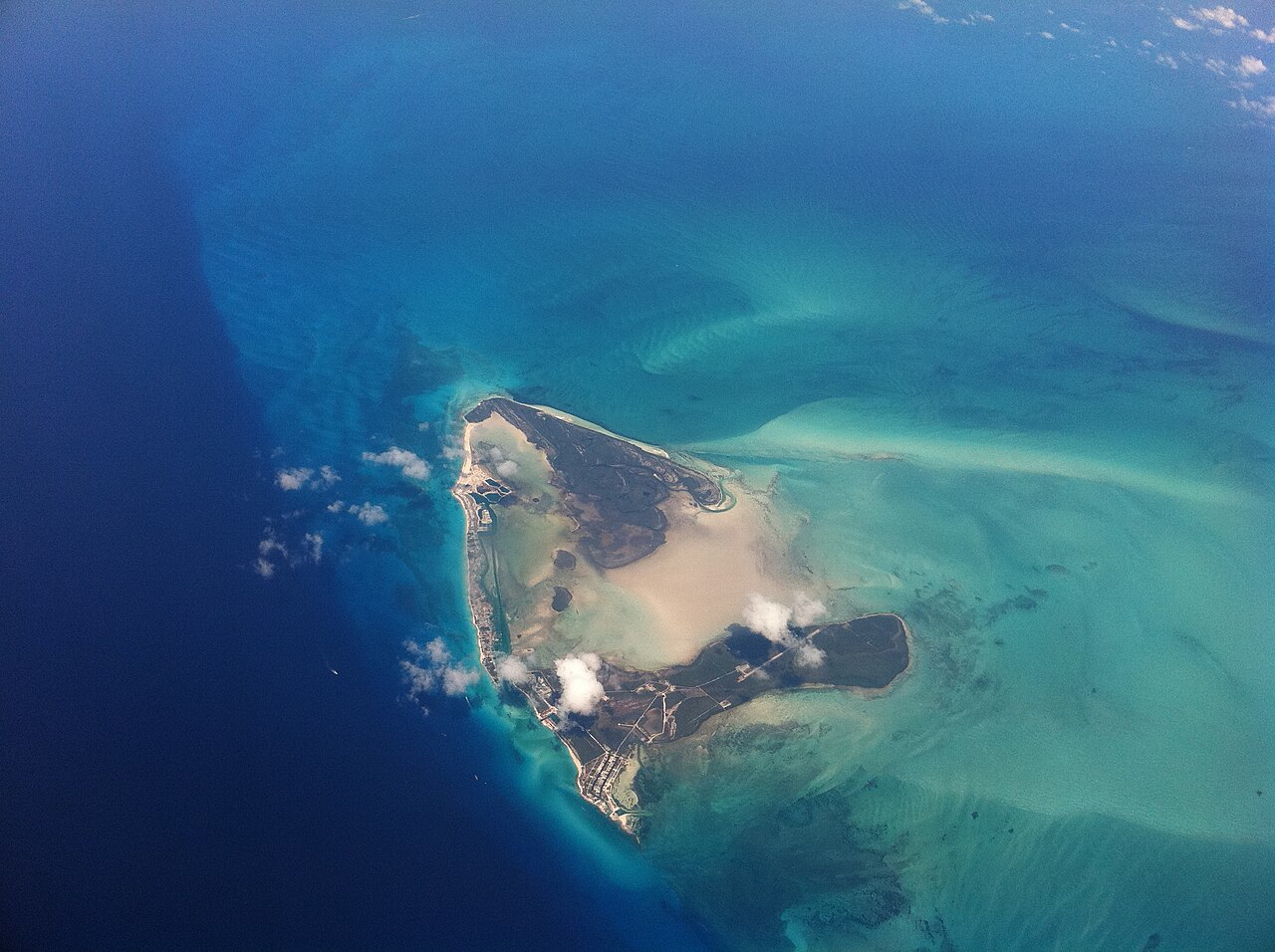 JesseG, CC BY-SA 3.0, Wikimedia Commons
JesseG, CC BY-SA 3.0, Wikimedia Commons
Other Paranormal Hypotheses
Others with an interest in the Bermuda Triangle claim that different, yet still paranormal forces may be at work—with popular theories focusing on aliens or UFOs being the cause for all the incidents. One other theory is that the Bermuda Triangle is a portal to a parallel universe.
But for all the tinfoil hat explanations, there are also a number of natural phenomena that could explain the episodes that have happened in the area.
The Compass Theory
One common thread among Bermuda Triangle stories—though so much of them are urban legend—are about pilots or ships’ crew experiencing problems with their compasses. As a result, there’s speculation that there’s something anomalous in the magnetic fields around the area that would affect navigational aids.
However, researchers have been unable to replicate these so-called magnetic anomalies.
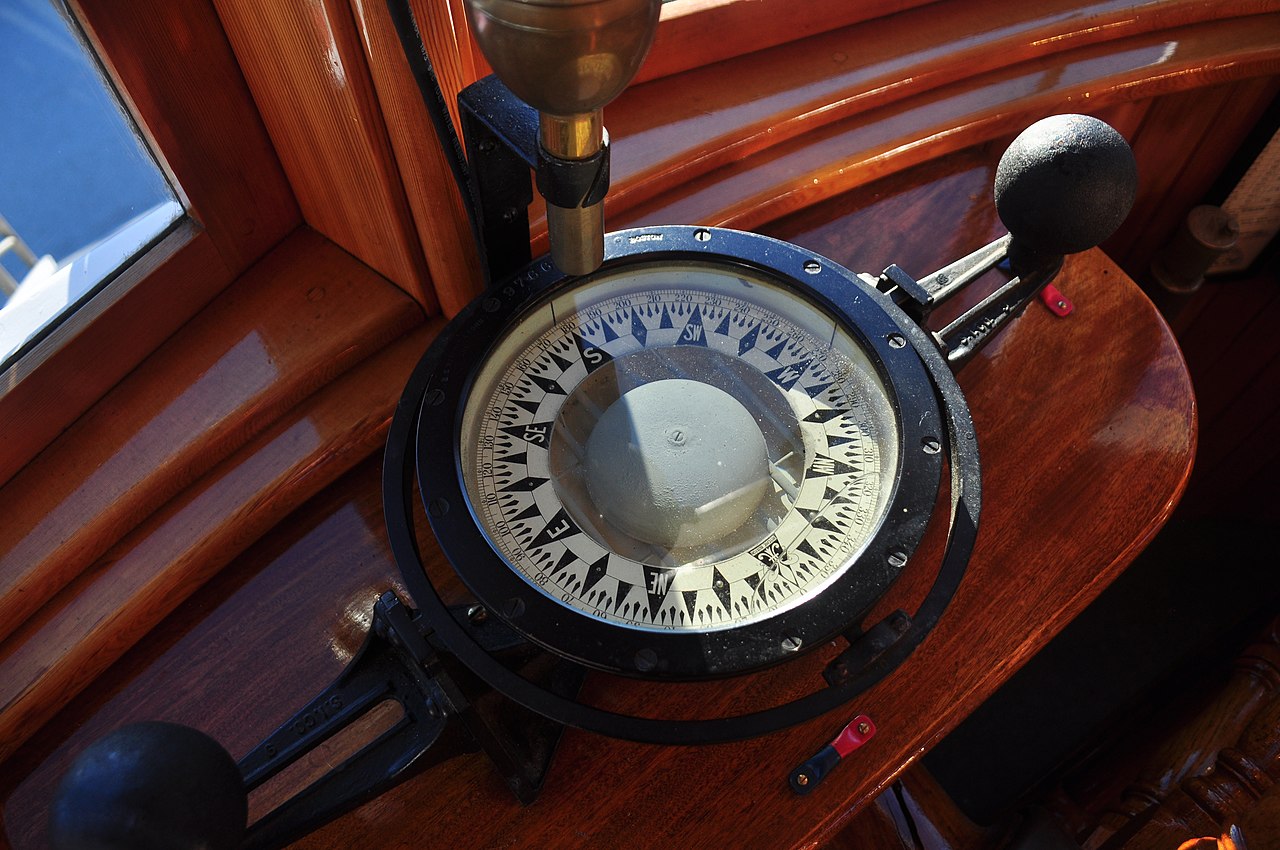 Joe Mabel, CC BY-SA 4.0, Wikimedia Commons
Joe Mabel, CC BY-SA 4.0, Wikimedia Commons
Other Theories
The Gulf Stream is a strong current in the area which could, hypothetically, create currents so strong that they’d take craft off course, making them difficult to locate. Of course, it’s easy to attribute most incidents to human errors. And additionally, the area is subject to strong storms.
In fact, in many cases, events attributed to the “forces” of the Bermuda Triangle were on record as happening simultaneously with strong storms.
The Methane Theory
Another intriguing theory that scientists have looked at when researching the Bermuda Triangle has to do with gas—a lot of it. This theory focuses on the presence of methane hydrates around the continental shelves. To back it up, scientists in Australia carried out tests, and even proved that methane bubbles could, hypothetically, sink ships.
The Methane Theory (cont’d)
As the theory goes, a methane bubble could lower the density of the water, decreasing buoyancy, and thereby sinking a ship. And as for why these shipwrecks are never found? Well, that goes back to the Gulf Stream, which would be strong enough to carry wreckage far enough that it would be hard to find.
But one thing about the Triangle? For every theory, there are twice as many people ready to debunk the whole phenomenon altogether.
Larry Kusche
As the tales of strange phenomena in the Bermuda Triangle increased in popularity in the late 60s and early 70s, they raised the ire of one man: Larry Kusche. In the early 70s, Kusche was working as a research librarian at his alma mater, Arizona State University. Students would come in looking for help on various topics—including the Triangle.
That’s where his interest began.
 Yardladdie, CC BY-SA 4.0, Wikimedia Commons
Yardladdie, CC BY-SA 4.0, Wikimedia Commons
Larry Kusche (cont’d)
Kusche and another librarian began researching the Bermuda Triangle, going beyond the resources of the ASU, spending their own money to send letters to official sources requesting information. They then compiled it and sold it for $2. Eventually, Kusche had enough information for a book.
But during all that research, he found something unexpected.
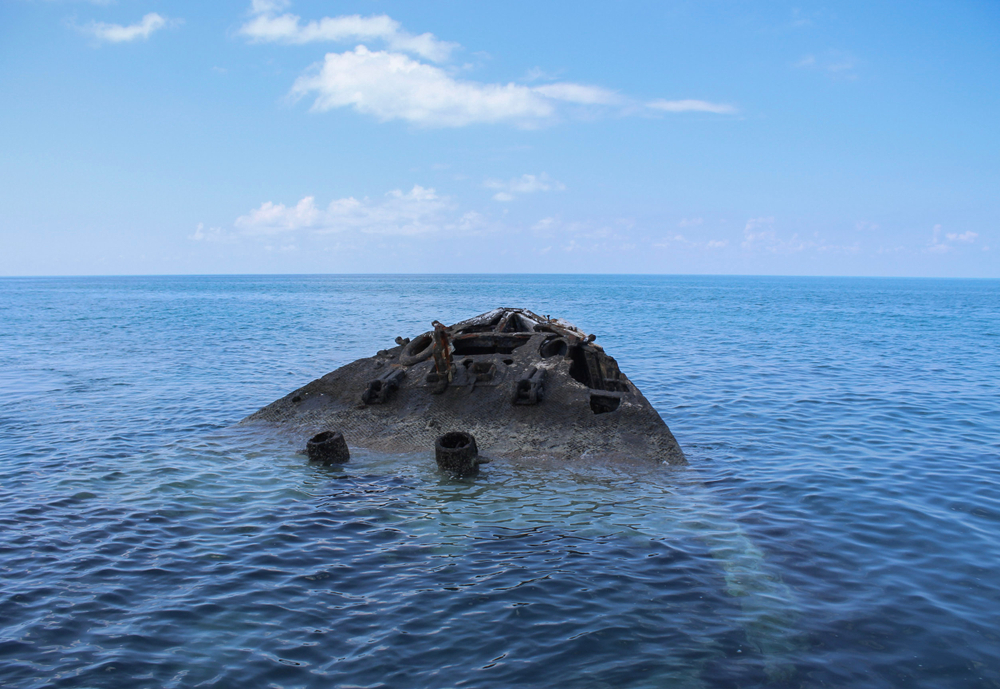 Brooke Rodriguez, Shutterstock
Brooke Rodriguez, Shutterstock
From Believer To Skeptic
Kusche had started researching the Bermuda Triangle because it was compelling—but after compiling all the evidence, what he found surprised him. To him, it was clear. Every incident had either been an accident, or had been fabricated to fit the narrative. Fittingly, his book was titled The Bermuda Triangle Mystery—Solved.
Kusche’s Extracurriculars
After his first book, Kusche went on to pen a book about popcorn cookery—having the, ahem, creative idea to ground the snack food into a flour for baking—and another titled Shape Up Your Hips and Thighs. As compelling as those titles are, his fourth book went back to the subject that had made him an author.
Kusche And Flight 19
In his 1980 book The Disappearance of Flight 19, Kusche expanded on his research of one of the Bermuda Triangle’s most remarkable mysteries. He found compelling evidence that explained why the squadron never found what they were looking for—they were actually over the Bahamas when they thought they were over the Florida Keys, so their efforts to navigate toward Fort Lauderdale only sent them further over the Atlantic.
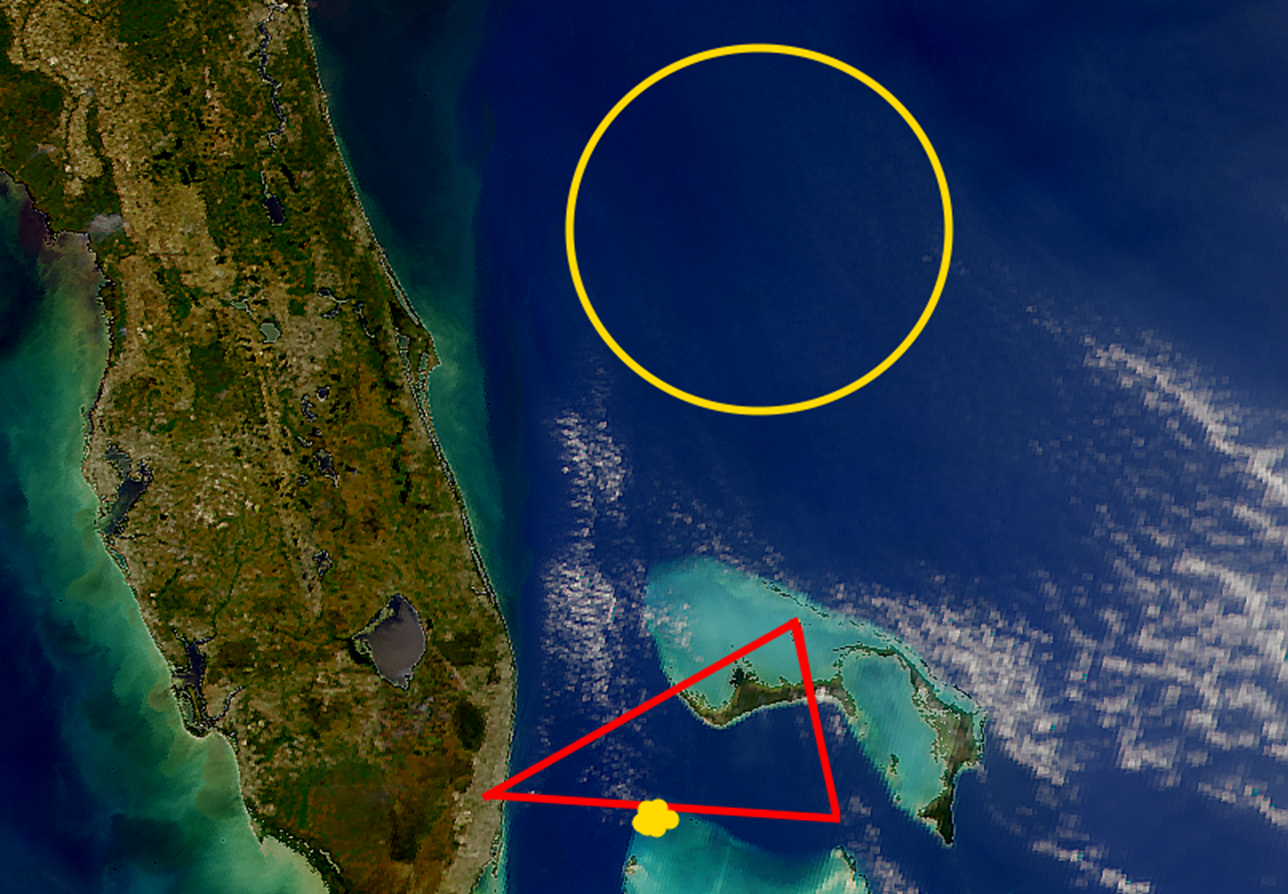 NASA, Modified by Marikanto, Wikimedia Commons
NASA, Modified by Marikanto, Wikimedia Commons
Kusche’s Theories
So, how did Kusche debunk the mystery of the Bermuda Triangle? Well, to sum it up briefly, there were a number of factors. For one, the number of ships and planes that disappeared or met dark fates were not statistically anomalous compared to any other area. He also looked at meteorological records and noted storms and tropical cyclones that were concurrently.
Kusche’s Theories (cont’d)
According to Kusche, other writers had exhibited sloppy research in their works about the Bermuda Triangle. Others misreported accidents that had witnesses and records about them as having no evidence. Ultimately, he concluded that those who purported there to be a “mystery” about the Bermuda Triangle as having manufactured and sensationalized it all.
The Evidence
Further evidence in the years since Kusche’s books have backed this up. As we all know—for better or worse—no one keeps better data than an insurance company, and Lloyd’s of London has reported that the Bermuda Triangle isn’t a specifically dangerous area to pass through, and that claims of incidents within the area are relatively low. The Coast Guard has reported the same.
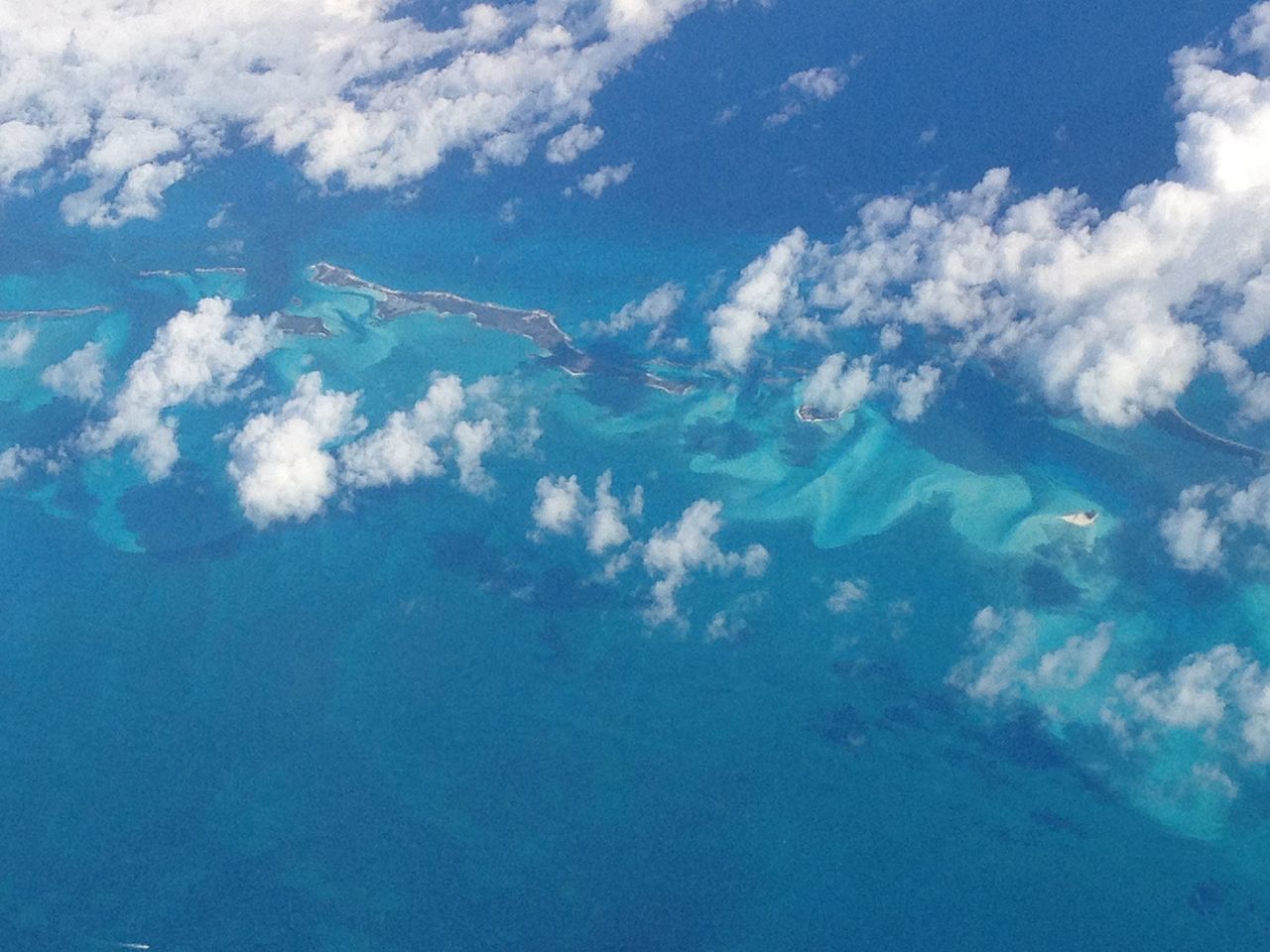 David Broad, CC BY 3.0, Wikimedia Commons
David Broad, CC BY 3.0, Wikimedia Commons
Recent Research
Because reports of incidents in the Bermuda Triangle still occur today—including the disappearance of two boys from their fishing boat in 2015, and a private plane vanishing in 2005—researchers still take great interest in the area. And what they’ve found has truly changed our understanding of the Triangle.
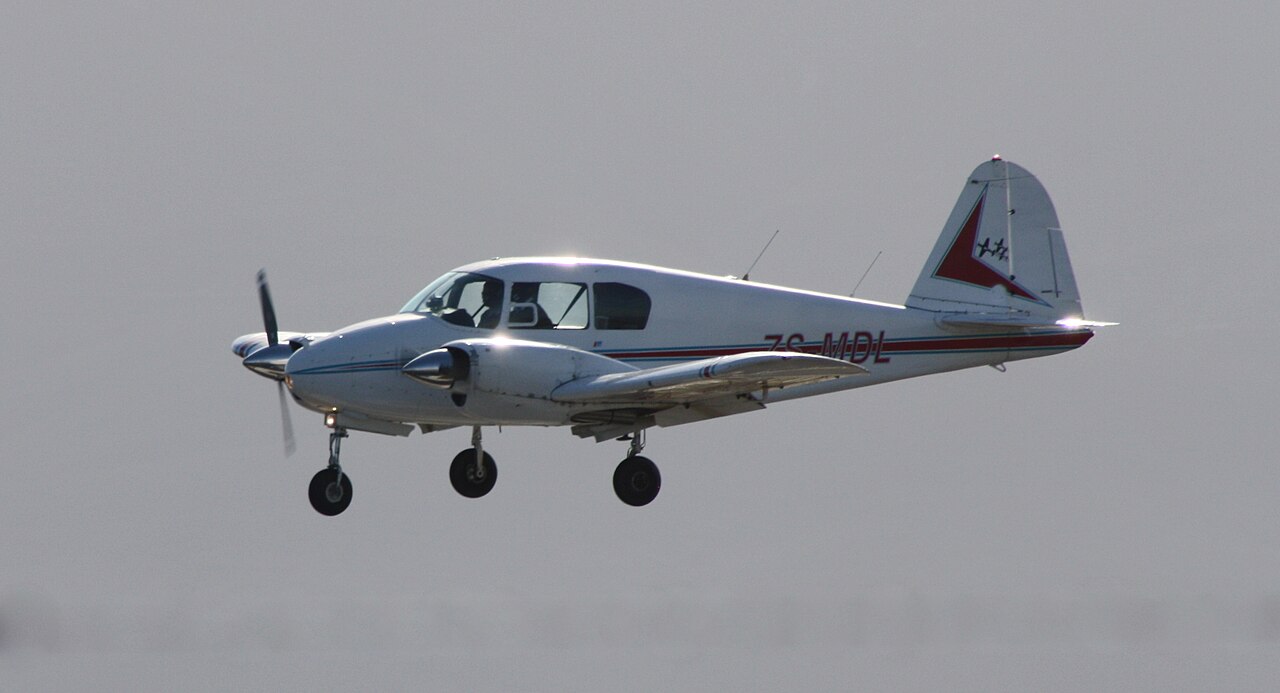 Bob Adams, CC BY-SA 2.0, Wikimedia Commons
Bob Adams, CC BY-SA 2.0, Wikimedia Commons
Karl Kruszelnicki
In 2017, Australian scientist Karl Kruszelnicki claimed to have compelling evidence that could finally solve the mystery of the Bermuda Triangle. After extensive research, Kruszelnicki came to the same conclusion as so many others: The incidents are caused by a combination of bad weather and human error—as well as high traffic volumes.
 AlasdhairJohnston, CC BY-SA 4.0, Wikimedia Commons
AlasdhairJohnston, CC BY-SA 4.0, Wikimedia Commons
Karl Kruszelnicki (cont’d)
The Bermuda Triangle is within one of the busiest shipping corridors in the world, meaning there are always going to be more craft there—and thereby, more chance for disaster.
But as long as the mystery draws more interest than statistical probability for the average person, it’s likely that people will continue to speculate on the enigma of the Bermuda Triangle.
 Enochlau, CC BY-SA 3.0, Wikimedia Commons
Enochlau, CC BY-SA 3.0, Wikimedia Commons
Conclusion
In the face of disagreement, we can always turn to the wisdom of iconic scientist Carl Sagan. When asked about the Bermuda Triangle, he said:
“Statistically, it’s a fallacy. Compared with other places in the world as well traveled as that area of the Atlantic, do airplanes and ships go down more? The answer is no. Why is it always planes and ships that get lost? It’s because they can sink in water. If we started losing trains—if we had a Duluth Triangle in which trains began disappearing—that would be interesting”.
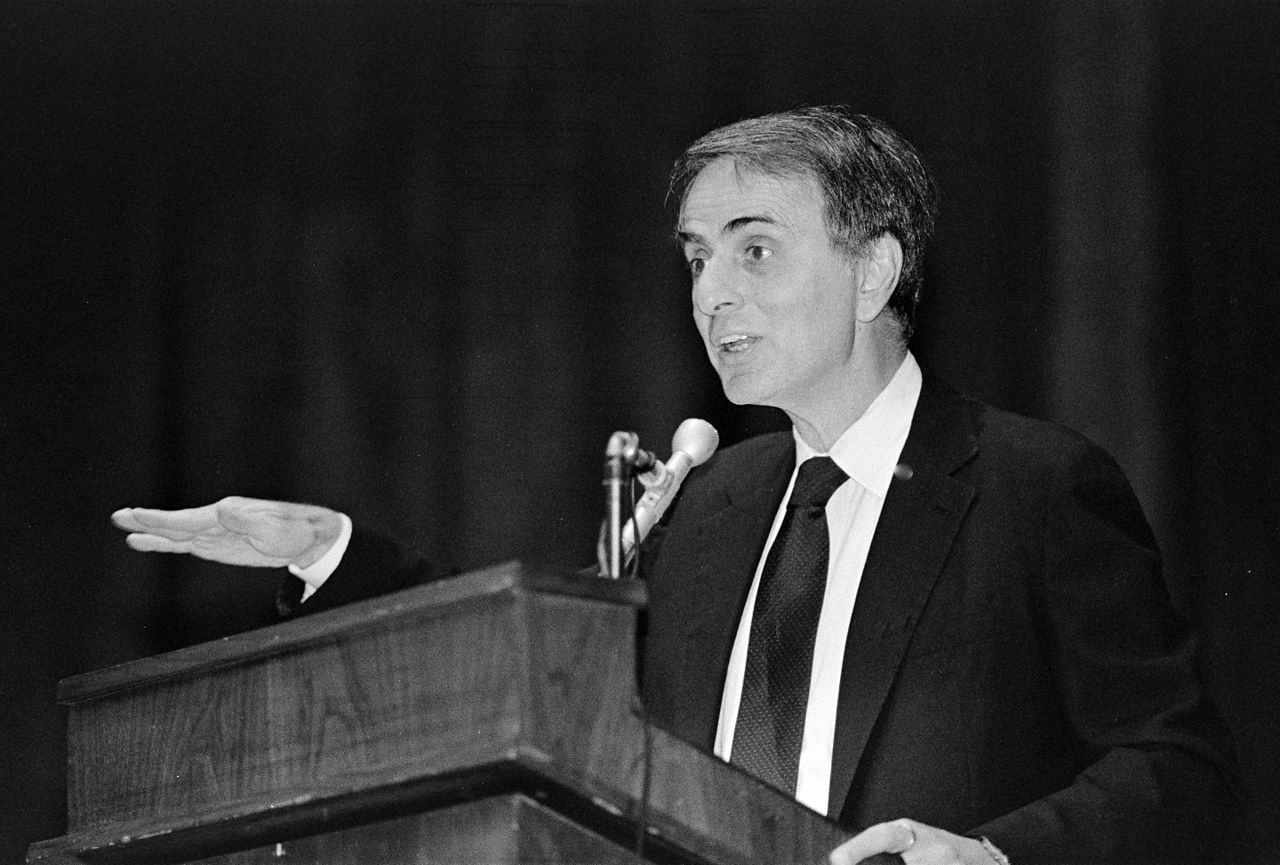 Kenneth C. Zirkel, CC BY-SA 4.0, Wikimedia Commons
Kenneth C. Zirkel, CC BY-SA 4.0, Wikimedia Commons

